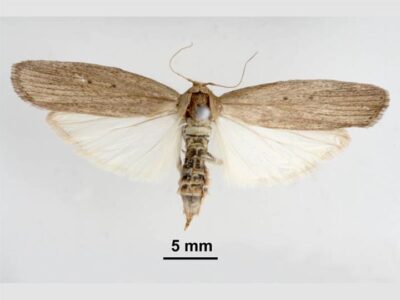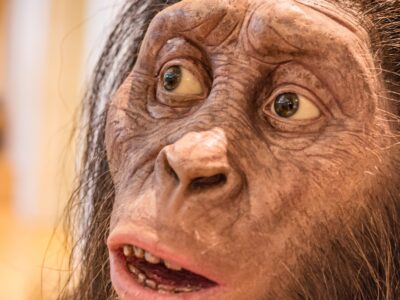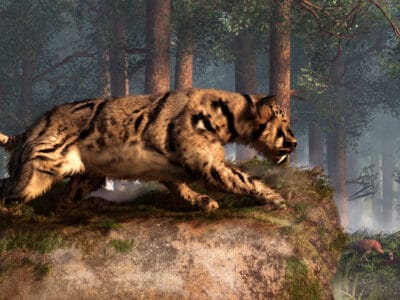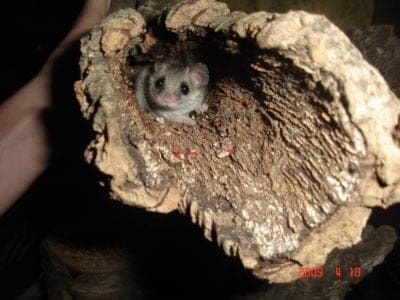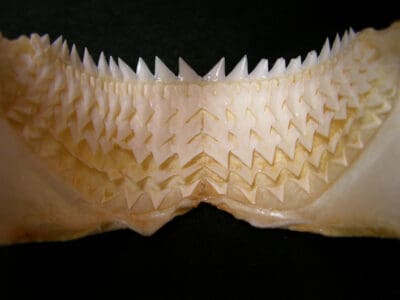Below you can find a complete guide to the types of animals in South Africa. We currently track 315 animals in South Africa and are adding more every day!
South Africa is among the richest biodiversity hotspots in all of Africa. Located at the southernmost tip of the continent, where the Atlantic and Indian Oceans meet, the country shares a land border with Namibia, Botswana, Zimbabwe, and Mozambique to the north. It also completely surrounds the tiny kingdom of Lesotho. Central plateaus dominate the interior of South Africa. Meanwhile, the mountainous region known as the Great Escarpment forms the plateau edge and slopes downward toward the oceans.
The Official National (State) Animal of South Africa
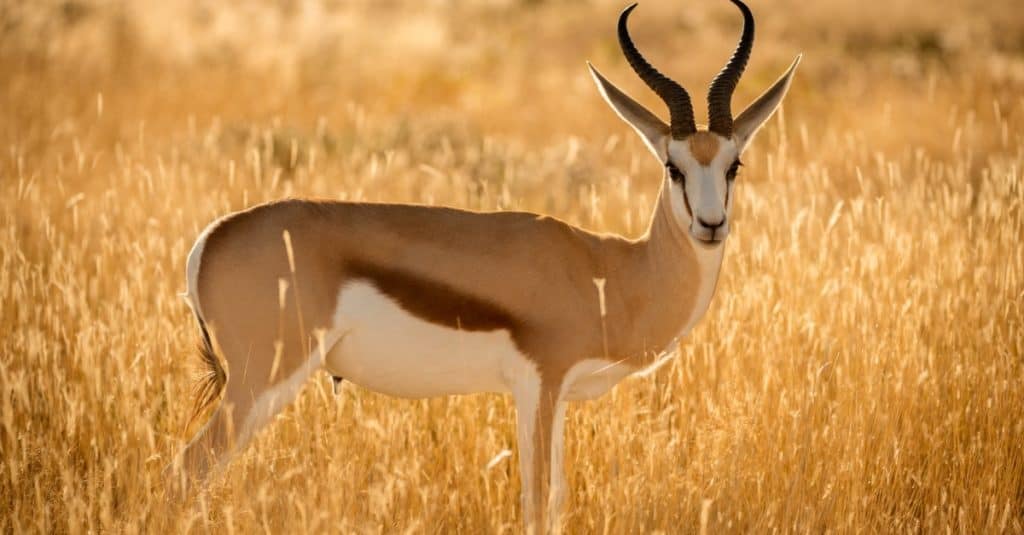
The springbok is capable of leaping to heights of two meters and surviving years without drinking any water
©Udo Kieslich/Shutterstock.com
The national animal of South Africa is the springbok. This small brown and white antelope is native to South Africa and prevails as the national symbol in post-apartheid thanks to the intervention of Nelson Mandela and the country’s tremendous win at the 1995 Rugby World Cup.
The national animal of South Africa is the springbok (Antidorcas marsupialis). This small brown and white antelope is native to South Africa and prevails as the national symbol in post-apartheid thanks to the intervention of Nelson Mandela and the country’s tremendous win at the 1995 Rugby World Cup.
Also referred to as the springbuck this graceful antelope is known for its athletic ability and its habit of pronking or leaping to heights of two meters. These ruminants prefer arid areas and can be found in a range which extends from northern South Africa, through the Kalahari Desert. They handle those harsh conditions quite capably thanks to an ability to survive without drinking water for years, and a preference for munching on succulents.
South Africa also has a national bird, the blue crane (Grus paradiseaI) which lives in southern and eastern Africa. This slender bird covered in a dusky pale blue plumage prefers elevated dry grasslands and is known for having a particularly belligerent streak during breeding season – even cattle and humans are not above getting attacked if they wander too close.
Fun fact: South Africa is home to 99% of the world’s blue crane population which is currently about 13,000.
The Rainbow Nation also has a national fish, the galjoen (Dichistius capensis). Also known as the black bream it is endemic to the coasts of South Africa and Angola and is capable of growing to lengths of 31 inches and weighing 14 lbs.
Where to Find the Top Wild Animals
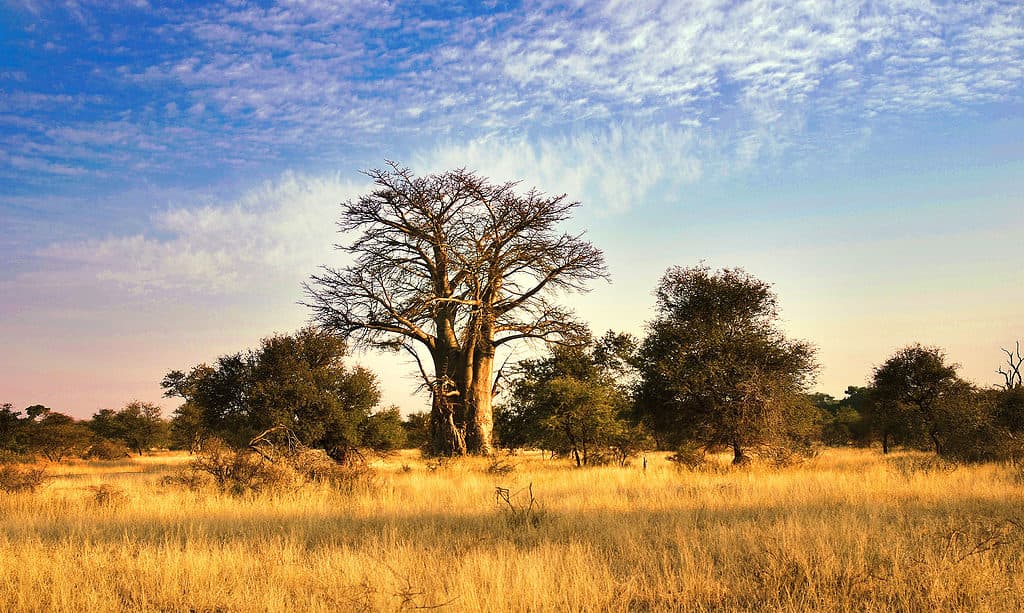
Kruger National Park has been designated by UNESCO as a key biosphere reserve
©meunierd/Shutterstock.com
Since its independence, South Africa has established 19 national parks to protect its natural beauty and wildlife. Together they comprise about 3% of the country’s total landmass.
- Kruger National Park, located along the northeastern border with Mozambique, is the oldest and most famous protected area in all of South Africa. It’s also the largest park located entirely within the borders of South Africa. Designated by UNESO as an important biosphere reserve, the park contains some of the most popular wildlife native to South Africa, including elephants, zebras, rhinos, leopards, cheetahs, lions, hyenas, hippos, and antelopes.
- The Kgalagadi Transfrontier Park encompasses some 15,000 square miles of sparse red sand dunes and dry river beds around the Kalahari Desert. Most of the park is actually located on the other side of the border with Botswana. Courageous visitors can expect to find migratory herds of wildebeests, springboks, and elands. Predators also roam the area, including cheetahs, hyenas, and leopards. There are also more than 200 species of birds, including vultures and eagles.
- The Addo Elephant National Park, located close to Port Elizabeth, is one of the best places on the entire continent to find the magnificent giants amidst other animals, namely lions, rhinos, and leopards. The park also encompasses St. Croix and Bird Island, where visitors can see cute penguins, whales, and even great white sharks in their natural habitat.
Native Birds
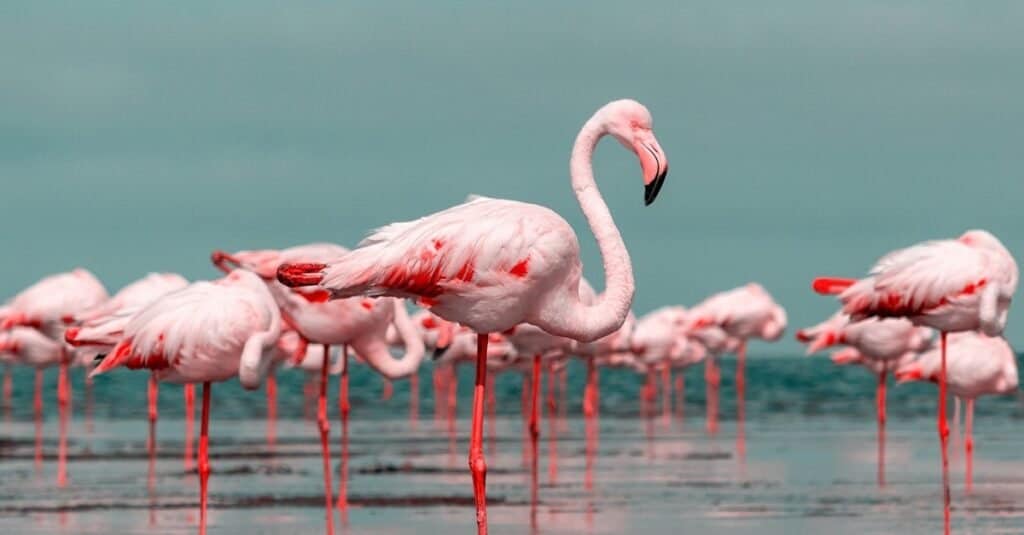
South Africa is home to approximately 10,000 avian species including cormorants, flamingos, kingfishers, and pelicans
©iStock.com/YULIIA LAKEIENKO
South Africa sits at the tip of the continent, encompassing quite a large area of land made up of various environments. The availability of differing climates and habitats allows refuge to almost 1,000 bird species. Avifauna is fun to look for and relatively easy to spot in South Africa, though some species are rare. Here are the top places for birdwatching in the country:
- Walvis Bay (Namibia) – Holding the place as one of South Africa’s most important wetlands, the bay is shallow and well shielded. Waterfowl, specifically waders and shorebirds, as well as sea birds, fly or roam the shores of the bay. Most commonly seen are greater and lesser flamingoes, chestnut-banded plovers, black-tailed godwits, red-necked phalarope, pelicans, petrels, and skuas. The spot is perfect for spotting palearctic and intra-African migrants from October to April.
- Okavango Delta (Botswana) – The star of a recent National Geographic documentary, the Okavango Delta is truly one of a kind, branching from the Okavango River in Botswana. Over 500 species of bird occupy this area, most notably the slaty egret, Hartlaub’s babbler, Pel’s fishing owls, white-backed night herons, and lesser jacanas. Commonly seen species include cormorants, kingfishers, and rails. During the rainy season of November to April, many migratory species reside in the delta.
- Bazaruto Archipelago (Mozambique) – Better known for marine species and scuba diving, the archipelago is also a popular migrational rest stop for exciting avifauna such as lesser sand plovers and grey plovers. Residential species include Narina trogons and African green pigeons, as well as the Madagascar bee-eater which is a rare species on the islands.
The National Parks, Wildlife Management Areas, and Game Reserves of South Africa are always good options for bird watchers. However, there are many other sites that may be underestimated for the unique species found at these spots.
Native Fish
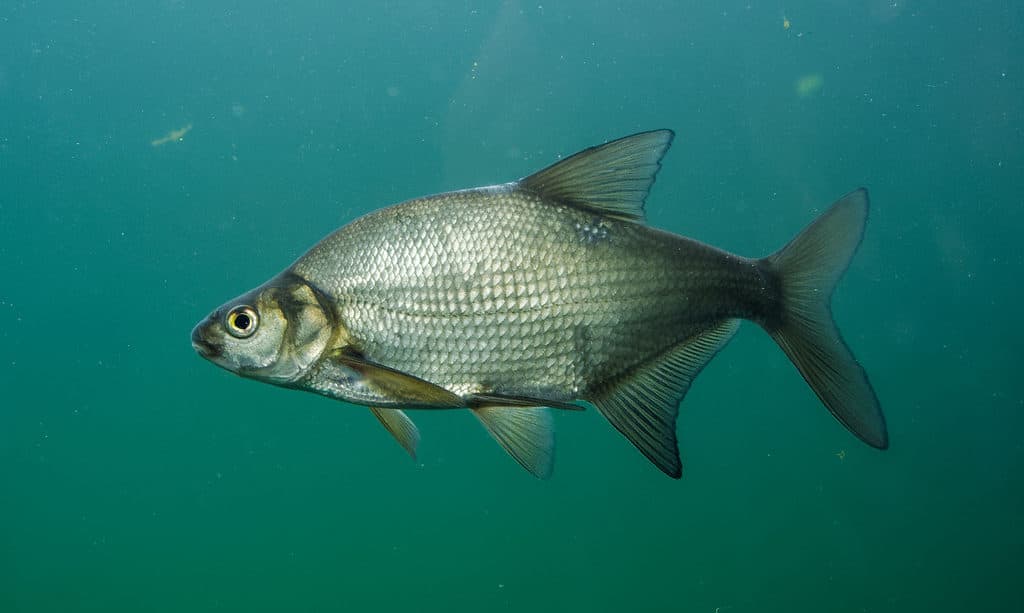
Carp are abundant in South Africa as are other species such as catfish, tilapia, and whitefish
©Michal Pesata/Shutterstock.com
Many fishermen from around the world visit the country to experience the many different styles of fishing offered by South Africa, bordered by two oceans and home to various lakes and waterways. Fishing is not only an exciting pastime, but also allows for unique sightseeing and exploration opportunities.
Freshwater
Freshwater fish commonly caught in lakes and rivers of the country include:
- Catfish
- Carp
- Whitefish
- Tilapia (locally known as Blue kurper)
For a mix of species, the natural and man-made lakes of Western Cape are a good place to start. Rietvlei is also relatively diverse in catching opportunities. Otherwise, hop over to Gauteng for a peaceful and fruitful spot to catch any of the mentioned species and more.
Bass fishing is also highly encouraged in the country, as conservationists deem the fish as invasive to local waters and a danger to native fish species. Bass range from largemouth and small mouth to spotted bass and are relatively easy to catch.
Potentially most sought after in freshwaters of South Africa are trout, both brown and rainbow, secured by fly fishing, a beloved pastime of fishermen around the world. While the Eastern Cape is quite the setting for productive fly fishing, the Western Cape and mountains pose appealing as well.
Saltwater
Bordered by two large oceans, it’s no surprise that around 15% of marine species worldwide is found in these waters. Coral reefs span the eastern coast, bringing pelagic species close to the shore and more accessible. In places such as Port Shepstone, Wahoo, Tuna, Marlin, Sailfish, Mahi Mahi, and other incredible game species can be caught right from the shoreline. Northern close fishing produces Snoek, Yellowfin Tuna, Kobold, and Elf.
Fishing is primarily allowed with permits in the country and, as Africa is a special place for conservation and preservation, it is important for visiting anglers to respect South African guidelines and regulations.
Native Snakes
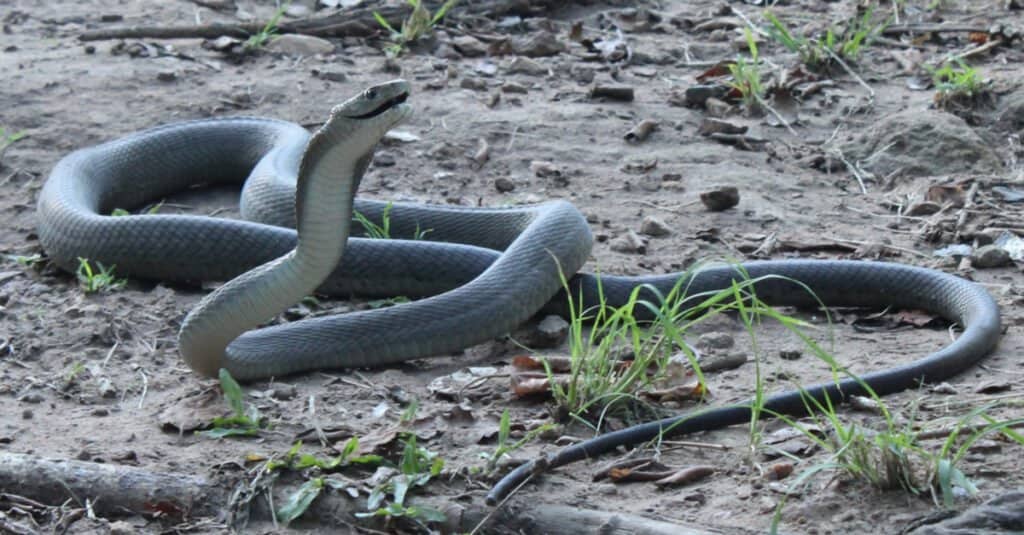
Black mambas are one of South Africa’s most feared species owing to their potent neurotoxic venom
©Cormac Price/Shutterstock.com
Among the plethora of animal species found in South Africa are some more threatening species, though they are a fascination for some. Snakes fall into this category, as several of the species found in the country pose as highly dangerous, while others are non-venomous and avoid humans for the most part. Below are several species of both venomous and non-venomous species listed along with some facts and features.
Venomous
- Black Mamba – Renowned throughout Africa as the continent’s deadliest snake rightly so, as their neurotoxic venom poses as fatal without treatment. Not commonly found in the Eastern and Western Capes but still present and mostly so in wildlife reserves and parks.
- Cape Cobra – Preferring dry, arid environments, these dangerous snakes are more common to the western parts of South Africa. Appearing in various colorations, this cobra species does not spit its neurotoxic venom but injects through fangs.
- Boomslang – Another snake well-known to the continent of Africa as a threat from above, boomslangs inhabit trees and rarely venture to the ground. Adult males are primarily green while females are brown, exhibiting sexual dimorphism.
Non-venomous
- Brown House Snake – Distinguished by a white stripe running on either side of the head, these snakes are prominent in South African environments ranging from urban and suburban to grasslands and forests. While harmless, these snakes may still bite if startled.
- Rhombic Egg Eater – These snakes are highly common and not a threat to South African people even though they may resemble other venomous species. A rasping sound can be produced by the snake rubbing its scales together in order to ward off predators.
- Spotted Bush Snake – The green with black stripes coloration of this small snake let it stand out among other commonly found species in the country. However, when coming upon this species some mistake it as a black mamba or boomslang and kill the shy snake.
Out of the 160 snake species found in South Africa, most are considered not dangerous. However, harmless snakes can still retain teeth bite and strike a painful bite, so maintain respectful boundaries of these magnificent creatures even if deemed not a threat.
Trees Native to South Africa

Baobab trees are notable owing to their thick trunks, and their branches which look like roots stretching toward the clouds
©meunierd/Shutterstock.com
South Africa has flora and fauna suited to a variety of different climates from desert to subtropical creating a very diverse ecosystem. Flowering plants include the goat’s foot, the ground morning glory, the impala lily, and the kudu-lily and the rock jasmine. Even though only 1% of South Africa is considered forest it is filled with a beautiful selection of native trees.
They include the giant baobab which looks like an upside-down tree with a thick trunk, the Natal Mahogany with its dense foliage and its ability to grow to impressive heights, and the knob thorn with its slender trunk and silvery green foliage. Also included in that illustrious list are the beautiful Lala palm, the sickle bush with its feathery foliage and lovely blooms, as well as the somewhat diminutive wild date palm.
Read more on the incredible trees native to South Africa from towering baobabs to butterfly trees.
The Most Dangerous Animals in South Africa Today
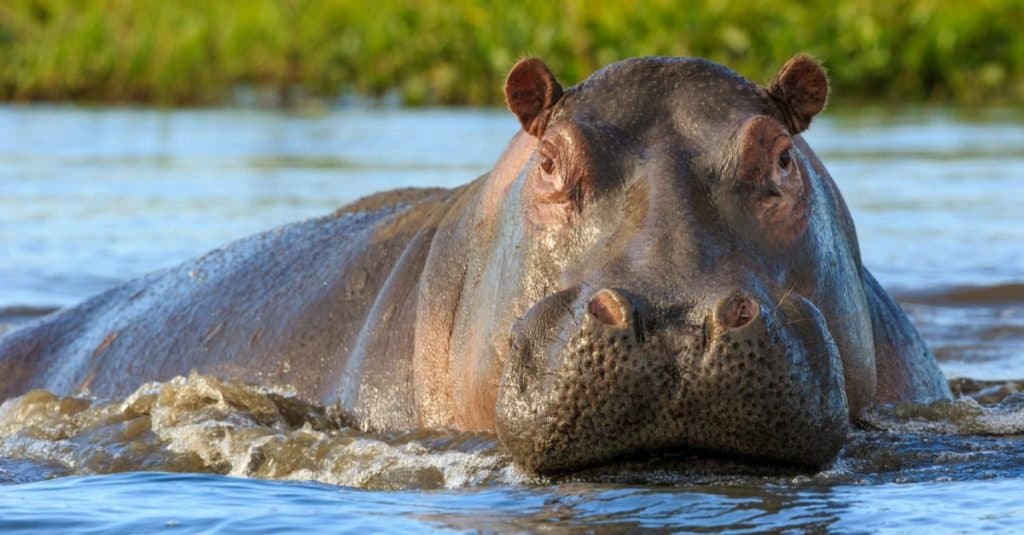
A case of deceiving appearances, these pachyderms nurse a tendency for violence and strangely carnivorous leanings
©Radek Borovka/Shutterstock.com
South Africa contains its fair share of interesting but dangerous wildlife. Of the 100 species of snakes found here, about a quarter of them are venomous. Many of the world’s largest mammals are also found here.
- Puff Adder – On account of its widespread distribution, toxic venom, and camouflaged coloring, the puff adder is probably responsible for more attacks than any snake in Africa, especially because it’s so often accidentally stepped on. The symptoms of its venom include pain, swelling, and bleeding, but death only occurs in a small number of untreated cases.
- Black Mamba – This brown or olive green snake is actually named for its inky-black mouth, which it opens wide as part of its threat display. It’s a good thing that this snake will only tend to strike when cornered or threatened because if left untreated, the venom is often fatal.
- Hippopotamus – The hippo is responsible for a surprising number of deaths every year, usually as a result of someone accidentally stumbling on its territory. These large and aggressive mammals will take great strides to defend themselves from any perceived threats.
- Nile Crocodile – With its very powerful jaws and sharp teeth, this common freshwater reptile is responsible for more attacks than almost any other crocodile in the world.
- Lions – While they are large and formidable, attacks from lions are very rare; they almost always occur from people wandering alone across the wilderness.
- Rhinoceros – As one of the largest animals with horns, the rhino could easily harm a human, but it will only attack once it feels threatened.
Endangered Animals
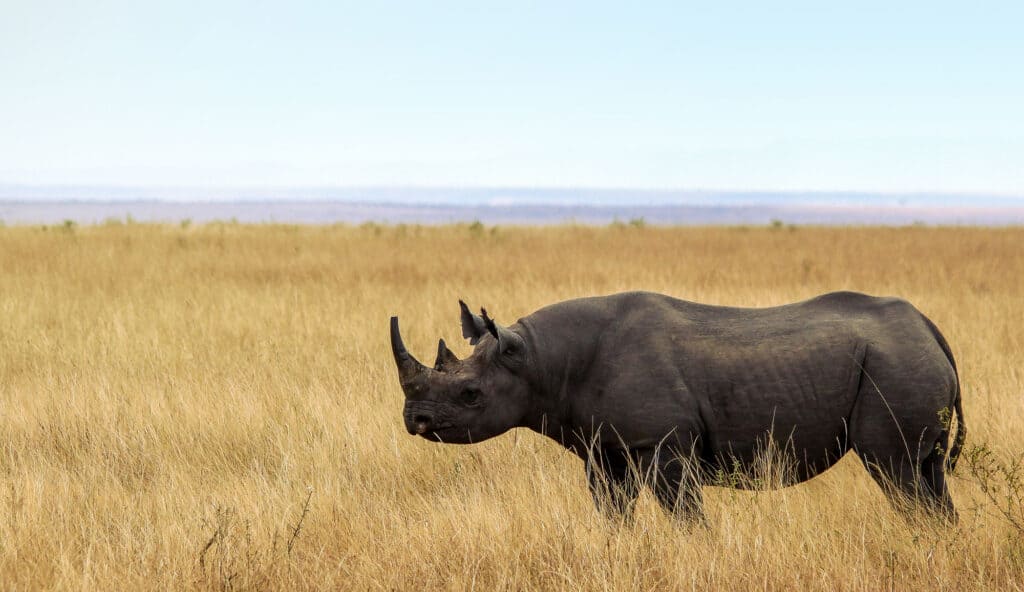
The black rhino is in critical danger of becoming extinct owing to a shrinking habitat and illegal poaching
©iStock.com/Black Rhinoceros, Rhinoceros, Savannah, Tanzania, Animal
As a result of human encroachment, habitat loss, and climate change, many types of South African wildlife is threatened with endangerment or extinction. Most significantly in danger are the following species:
- Black Rhinoceros – The large and imposing figure of the black rhinoceros, with horns emerging from the head, is one of the great natural sights in all of Africa. But this species is now in critical danger of becoming extinct from habitat loss and (in some countries) being caught in the middle of warfare. As one of the few species with horns, it’s also a target for illegal poachers. Despite strenuous conservation efforts, only a few thousand of them remain, mostly existing in isolated pockets across all of Africa.
- African Bush Elephant – These large, magnificent creatures are now endangered from illegal poaching, habitat loss, diseases, and even conflicts with humans. It is estimated that some 400,000 remain in the wild.
- Riverine Rabbit – Native to a small section of the Karoo Desert, this cute rabbit has suffered greatly from habitat loss. With only about 1,500 remaining, it is in critical danger of becoming extinct.
- Cape Gannet – Sporting black and white plumage and a distinctive yellow crown, this sea bird is native to the coasts of sub-Saharan Africa, but numbers have declined precipitously from their height.
- Cape Vulture – This scavenging bird has become endangered from poisoning, electrocutions, collisions, and loss of natural foraging habitat. It’s estimated that only about 10,000 mature individuals remain in the wild and are in danger of becoming extinct.
The Largest Animal in South Africa
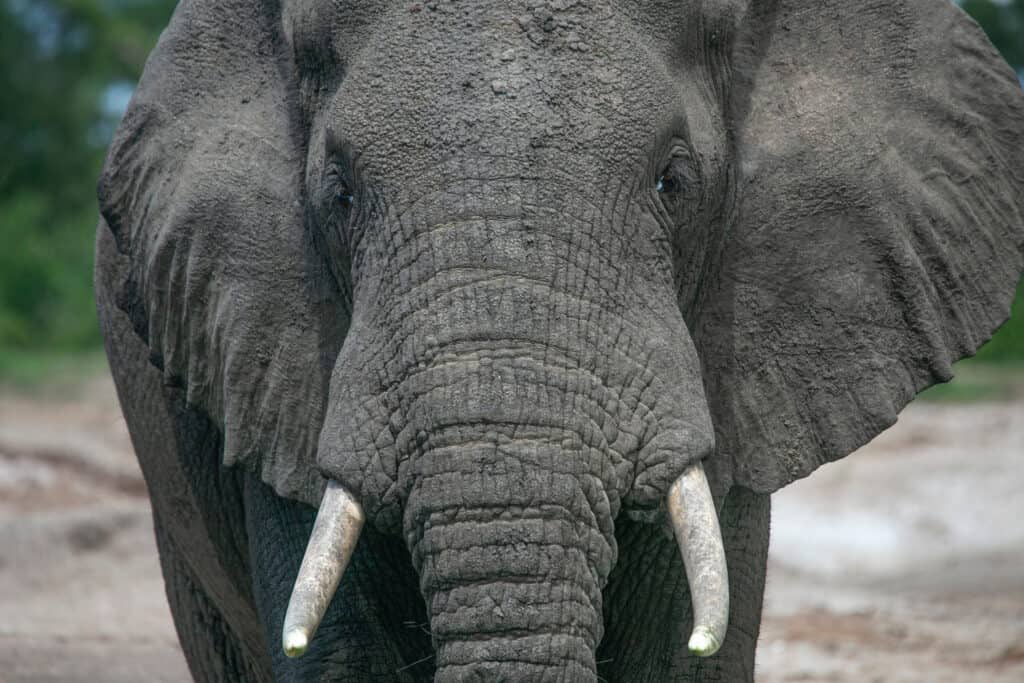
The bush or savannah elephant is South Africa’s largest mammal and is capable of creating heights of 13 feet at the shoulder
©Ocean Eloy/Shutterstock.com
The largest animal in South Africa is the African savannah elephant (Loxodonta africana). The mighty herbivore revered in Southern African mythology is also the largest land mammal on the globe. Males are capable of reaching heights of 13 feet at the shoulder and of weighing 10.4 tons.
These giant pachyderms are highly social forming groups of females, babies, and youngsters, under the authority and watchful gaze of the family matriarch.
They are also renowned for their exceptional intelligence and their ability to tuck away phenomenal quantities of water (about 230 liters per day) and food (about 330 lbs per day). However, that gargantuan appetite and a fondness for human crops means that a visit from a lone individual can result in an entire season of crops vanishing in a single feeding session.
Elephants are also pretty fond of water and love taking a cooling dip following which they protect their skin by sprinkling it with a fine coating of dust.
South Africa’s population of these lovable pachyderms is about 10,000, however, elephants continue to face threats such as encroachment of their habitat, conflict with humans, and poaching for their tusks.
The Rarest Animal in South Africa
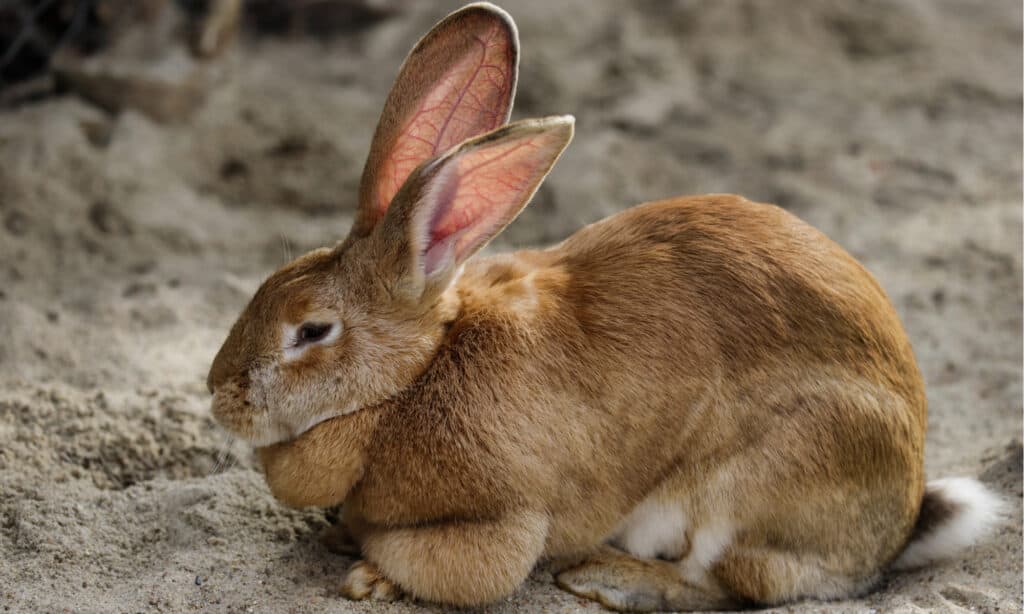
Only 500 adult riverine rabbits are left in the wild at present
©Veroja/Shutterstock.com
The riverine rabbit (Bunolagus monticularis) is the rarest animal in the Rainbow Nation. A cousin of the European, and Amami rabbits, it is distinguishable from most other members of its wider family by its longer ears and torso. Its soft, satin-like fur is a combination of greys, browns, and reds, and its large dark eyes are surrounded by white circles.
The rodent which lives in the Karoo desert is rather fond of living in river basins. There the soft dense soil is just right for creating extensive burrows where it can birth its young, and the dense vegetation provides its favorite foods such as flowers, leaves, and grass which it nibbles on during nightly feeding sessions.
About 500 adults live in the wild, the numbers of the species having plummeted by 67% within the last seven decades owing to human encroachment.
Zoos in South Africa
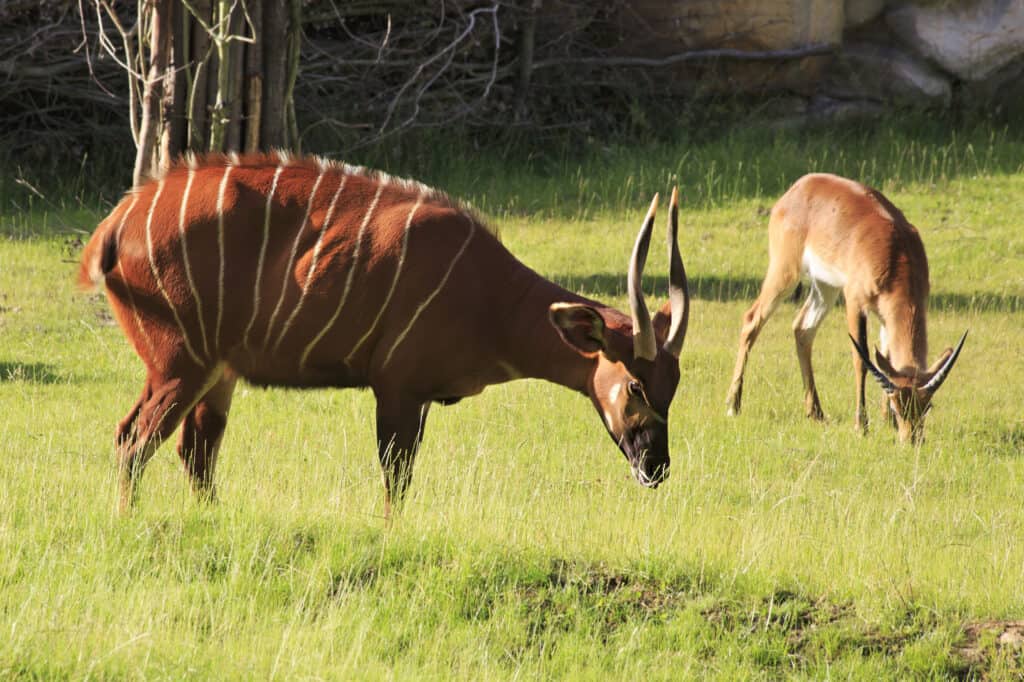
South Africa’s Pretoria Zoo is the largest in the country
©yykkaa/Shutterstock.com
While many may deem it unnecessary for zoos or aquariums to exist in such a place of natural wonders and animals, the zoos of South Africa are in place to not only educate locals and visitors on native and exotic species but also serve conservation efforts within the area and worldwide. Here are some of the top zoos to visit while in South Africa:
- Pretoria Zoo (National Zoological Zoo) – Founded in 1899, the zoo has since become the largest in the country, housing roughly 10,000 different species of animals. Pretoria Zoo aims to provide a window into biodiversity of the country while aiding in preservation of important local species. A large aquarium and reptile area also add to the inclusivity of the zoo. Species of the park include mammals such as lemurs, hippopotamuses, and wild dogs, reptiles such as the green mamba and Macklot’s python, and bird species including penguins, ibises, and cape vultures.
- Lory Park – Lory Park was created by bird and cacti enthusiast, Eddy Van Eck. The park originally began as a bird sanctuary for species within South Africa but quickly grew as other injured or threatened animal species were brought in to be treated and given refuge. Now, the zoo participates in wildlife conservation and restoration in South Africa and is a haven for visitors who desire an up close and personal view of animals as well as interactions with them.
Supporting zoos and other facilities that house animals in a beneficial and supportive way can help further future reintroduction, reestablishment, and conservation of wildlife, as well as their natural habitats.
Flag of South Africa

The flag of South Africa was inspired by different political entities and religious symbolism
©iStock.com/olrat
The flag of South Africa is designed with bright colors of red and blue which are divided by a green “Y” shaped band with a white outline and a black isosceles triangle trimmed in gold. This unique “Y” shape represents the country’s history and symbolizes unity and hope. The South African flag was adopted in 1994.
The flag was designed by Frederick Gordon Brownell who incorporated the colors of the African National Congress (black, gold, and green), the colors of Great Britain and the Netherlands (blue, red, and white), and the colors of the formerly used flag, (blue and white). Brownell also incorporated religious symbolism from his Anglican faith as well.
South African Animals
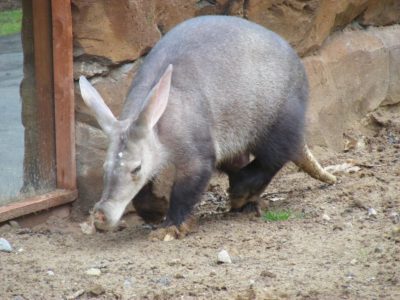
Aardvark
Can move 2ft of soil in just 15 seconds!
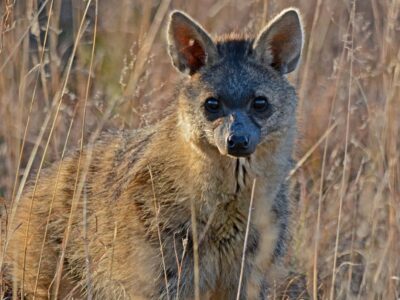
Aardwolf
The aardwolf has five toes on its front paws
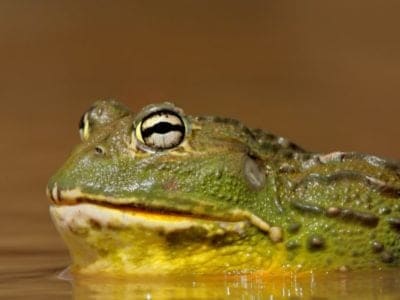
African Bullfrog
The African bullfrog is one of only three species of frog that have “teeth.”
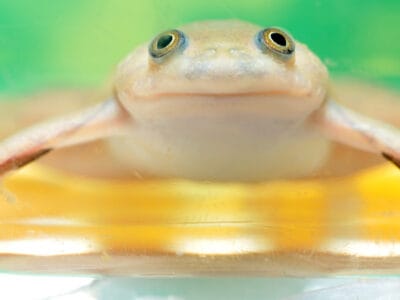
African Clawed Frog
African clawed frogs were used as pregnancy testers from the 1930s to the early 1960s.
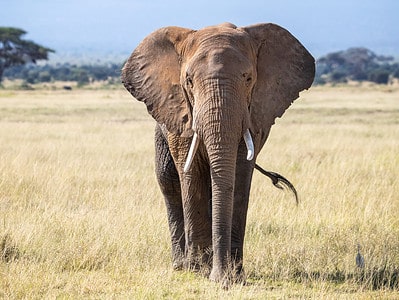
African Elephant
Both male and female African elephants have tusks. In Asian elephants, only the males have tusks.
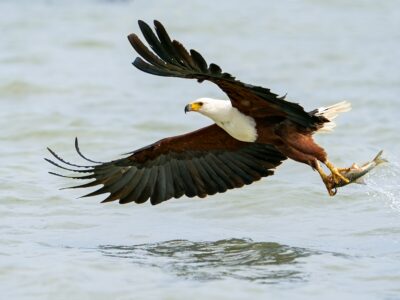
African Fish Eagle
African fish eagles belong to the genus of sea eagles
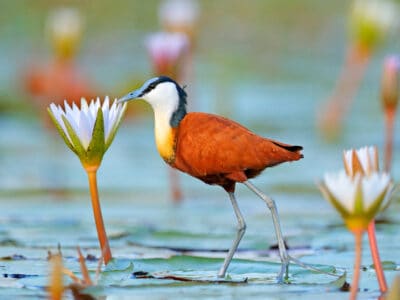
African Jacana
The males raise the young
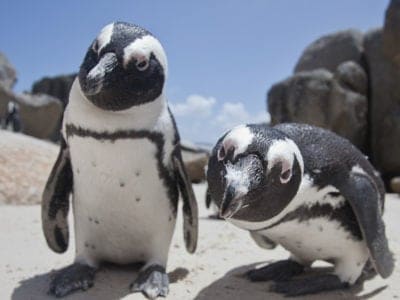
African Penguin
The only penguin species in Africa!
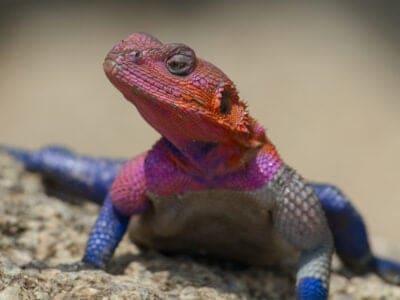
Agama Lizard
The agama forms small social groups that contain both dominant and subordinate males.
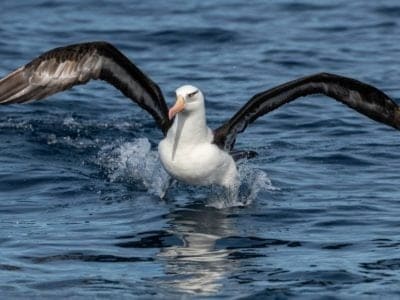
Albatross
The largest wingspan of any bird in the world!
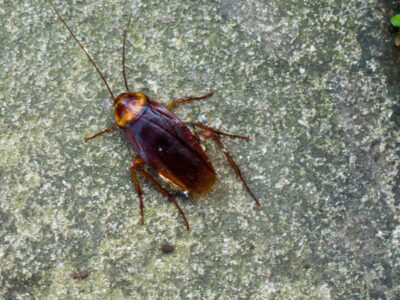
American Cockroach
Despite its name, actually originated from Africa and the Middle East
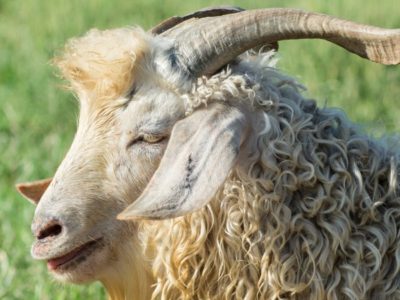
Angora Goat
Each adult Angora goat produces about 12 inches of mohair annually while kids have about 8 inches.

Ant
First evolved 100 million years ago!
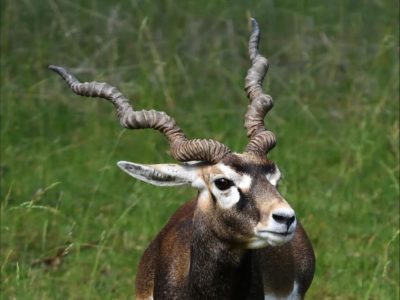
Antelope
Renew their horns every year!
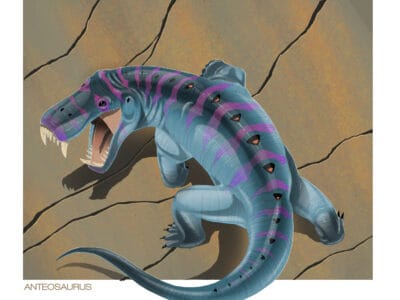
Anteosaurus
Although the Anteosaurus looked like a crocodile, it is more related to mammals than reptiles.
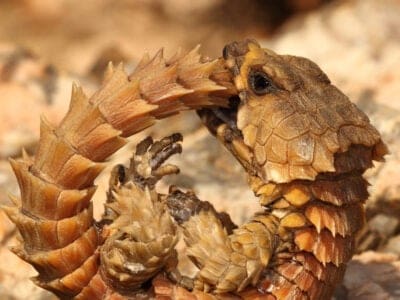
Armadillo Lizard
They communicate through a series of tongue flicking, head bobbing and tail wagging, among other methods.

Armyworm
They are so named because they "march" in armies of worms from one crop to another in search of food
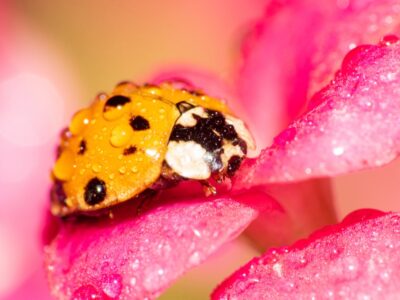
Asian Lady Beetle
Asian lady beetles infest indoor spaces, but they do not reproduce indoors.
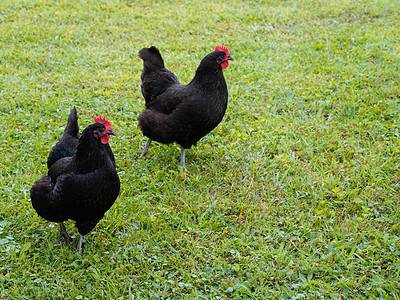
Australorp Chicken
Australorp chickens are among the best egg producers in the world, Hens in Australia set consecutive world records with one laying 364 eggs in a single year!
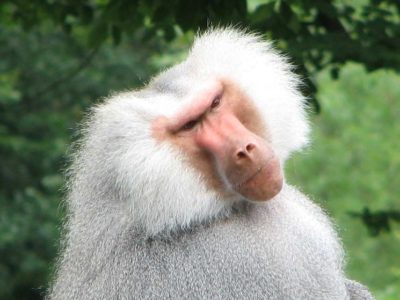
Baboon
Can travel more than four miles a day!
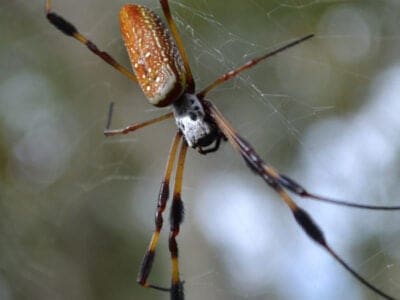
Banana Spider
People spin clothing and fishing nets out of these spiders’ silk.
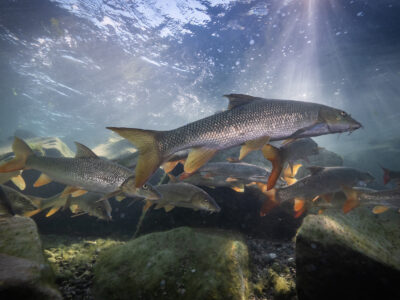
Barb
There are over 1768 known species!

Barn Owl
Found everywhere around the world!

Barn Swallow
Older offspring help care for new hatchlings.

Bat
Detects prey using echolocation!
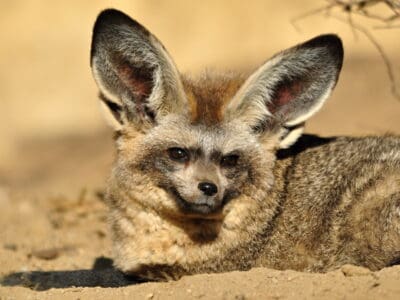
Bat-Eared Fox
Bat-eared foxes can run up to 35 MPH!
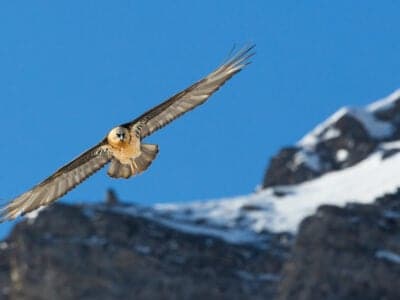
Bearded Vulture
These birds eat a diet of bones

Bed Bugs
Bed bugs feed for 4-12 minutes.

Bee
Rock paintings of bees date back 15,000 years

Beetle
There are more than 350,000 different species
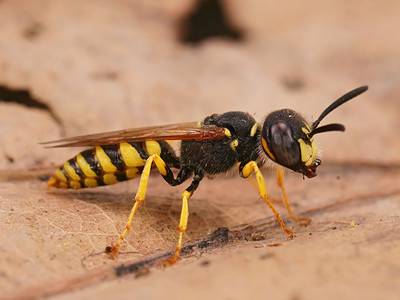
Beewolf wasp
They hunt bees
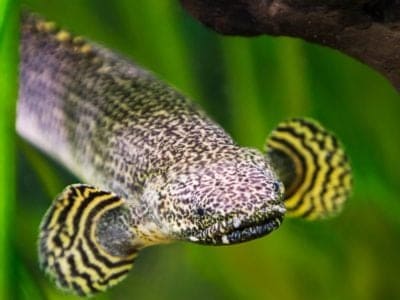
Bichir
The bichir species is more than 400 million years old

Bird
Not all birds are able to fly!

Biscuit Beetle
The biscuit beetle form a symbiotic relationship with yeast
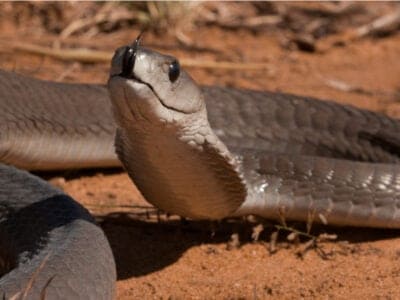
Black Mamba
Black mambas are the longest venomous snake in Africa, and second longest in the world.
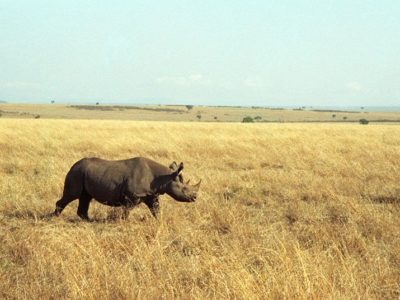
Black Rhinoceros
Horns can grow to 1.5m!

Black Widow Spider
They typically prey on insects!
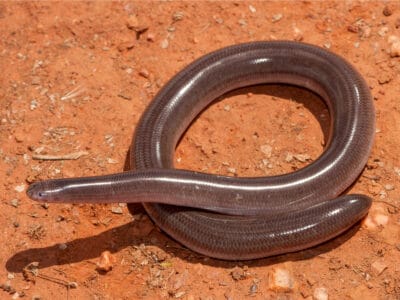
Blind Snake
The blind snake is often mistaken for a worm.
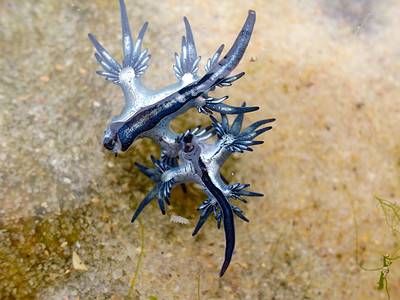
Blue Dragon Sea Slug
They inflict a painful, venomous sting
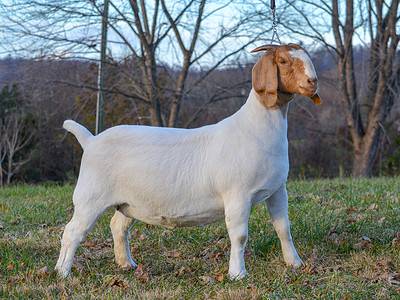
Boer Goat
Most popular meat goat in the world
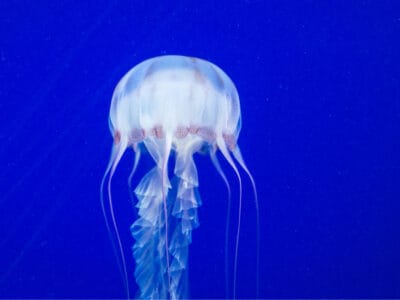
Box Jellyfish
Venomous marine animals
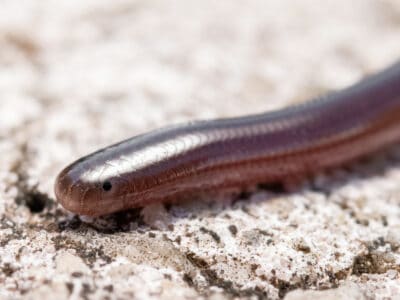
Brahminy Blindsnake
These snakes have been introduced to all continents, except Antarctica!
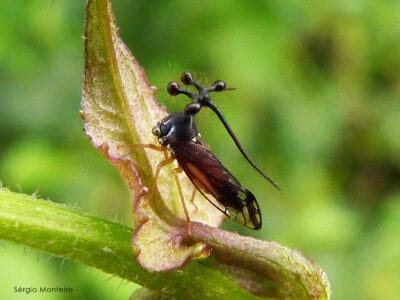
Brazilian Treehopper
“Mild-Mannered Minimonsters”
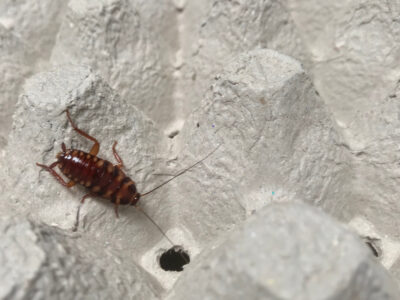
Brown-banded Cockroach
Females glue egg cases to furniture

Brown Dog Tick
Can live its entire life indoors
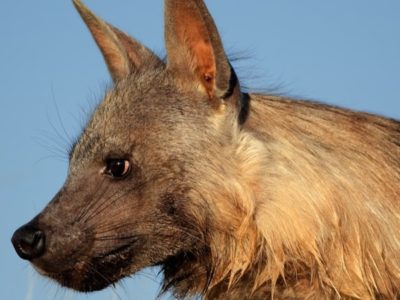
Brown Hyena
They don’t laugh
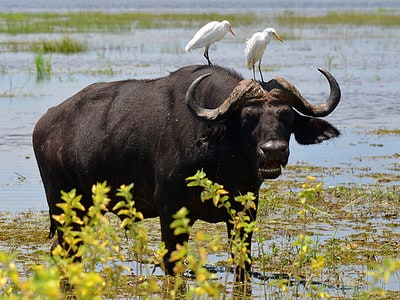
Buffalo
"They look like you owe them money."
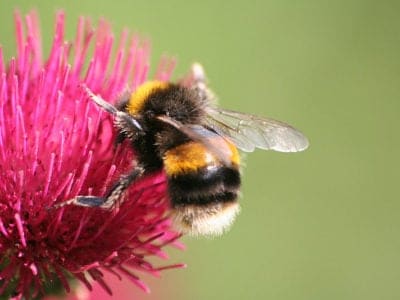
Bumblebee
The most common species of bee!
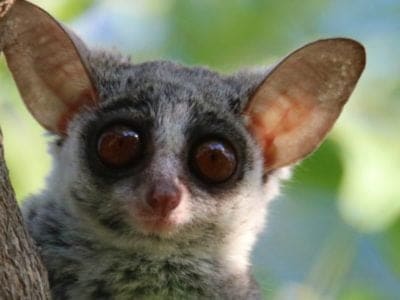
Bush Baby
In a series of leaps, this creature can cover almost 30 feet of distance in just a few seconds.

Butterfly
There are thought to be up 17,500 species!
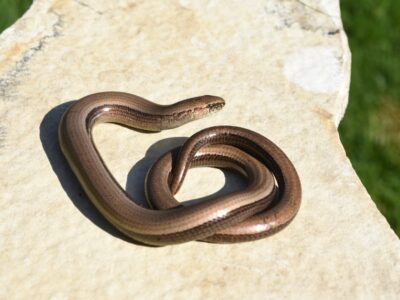
Caecilian
Some species' babies use their hooked or scraper-like teeth to peel off and eat their mother's skin
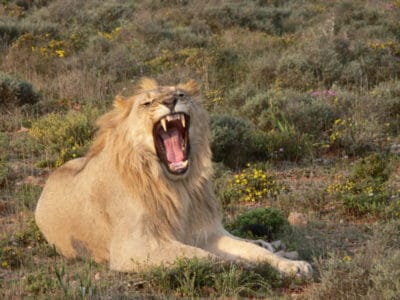
Cape Lion
Despite its large, muscular body, the Cape lion actually rests more than 20 hours a day
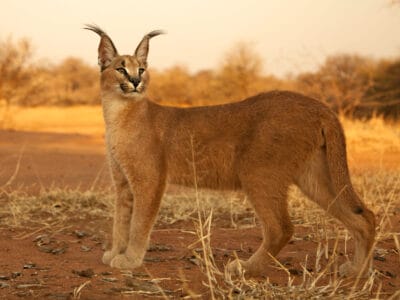
Caracal
Has 20 different muscles in it's ears!

Carpenter Ant
Carpenter ants can lift up to seven times their own weight with their teeth!

Cat
May have been domesticated up to 10,000 years ago.

Caterpillar
The larvae of a moth or butterfly!

Catfish
There are nearly 3,000 different species!

Centipede
There are about 3,000 documented species!
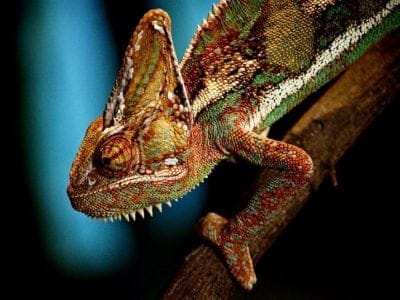
Chameleon
There are more than 160 different species!
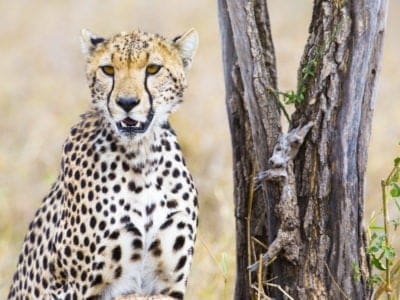
Cheetah
The fastest land mammal in the world!

Chicken
First domesticated more than 10,000 years ago!
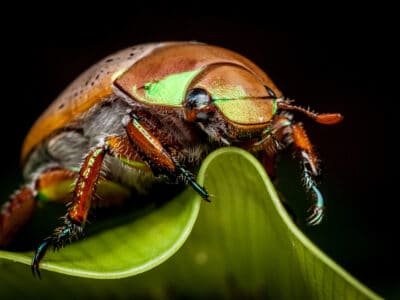
Christmas Beetle
Christmas beetles got their common name because they’re most abundant around Christmas time.
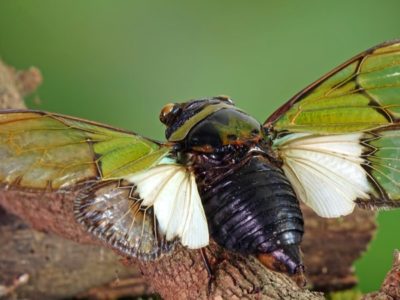
Cicada
Cicadas have one of the longest insect lifespans
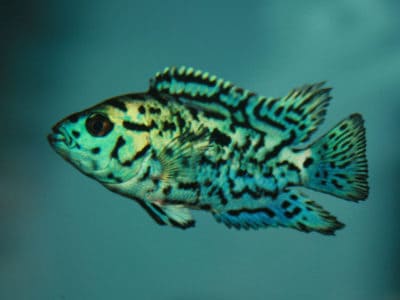
Cichlid
There are more than 2 000 known species!

Cockroach
Dated to be around 300 million years old!

Codling Moth
Pupae are able to undergo diapause to survive poor fruit yield years and winter.
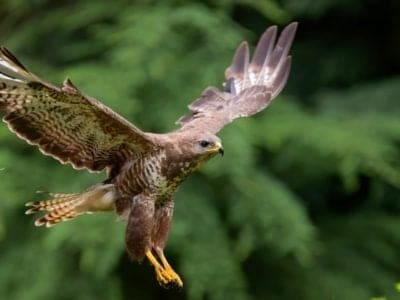
Common Buzzard
The most common raptor in the UK!

Common Furniture Beetle
The common furniture beetle feeds exclusively on wood

Common House Spider
House spiders have the ability to eat most insects in a home.

Cormorant
They can fly 35 mph and dive 150 feet below water.

Cow
There are nearly 1.5 billion worldwide!

Crab
There are 93 different crab groups

Crab Spider
Crab Spiders can mimic ants or bird droppings
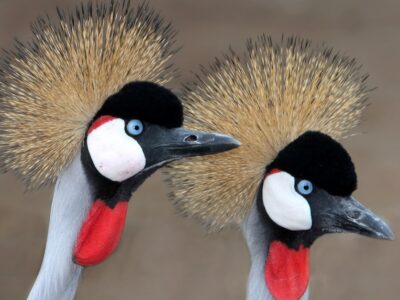
Crane
Many are critically endangered species!

Cricket
Male crickets can produce sounds by rubbing their wings together
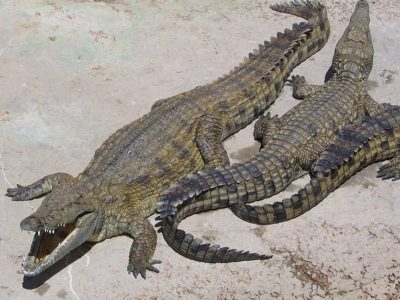
Crocodile
Have changed little in 200 million years!
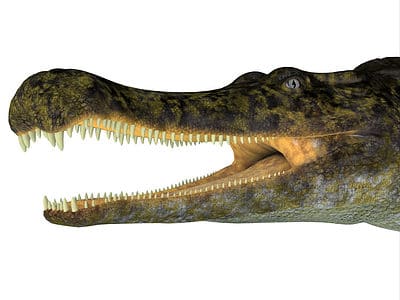
Crocodylomorph
Crocodylomorphs include extinct ancient species as well as 26 living species today.

Crow
A group of these birds is called a Murder.
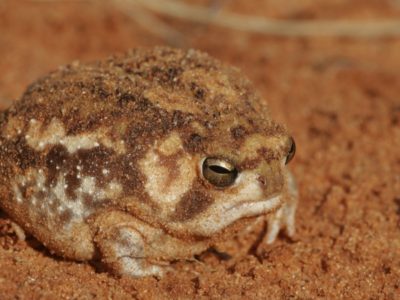
Desert Rain Frog
The desert rain frog doesn't hop
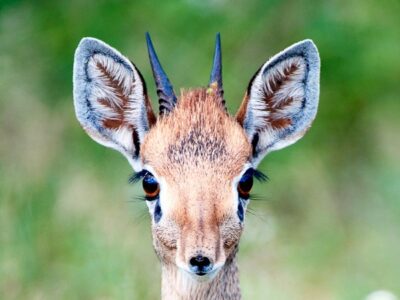
Dik-Dik
Dik-diks use a tar-like liquid from their eye glands to mark their territory!

Dinopithecus
The only species currently recognized of this ancient baboon is Dinopithecus ingens.

Dog
First domesticated in South-East Asia!

Dog Tick
Dog ticks feed on dogs and other mammals

Donkey
First domesticated 5,000 years ago!

Dragonfly
It's larvae are carnivorous!

Duck
Rows of tiny plates line their teeth!

Dung Beetle
The dung beetle can push objects many times its own weight
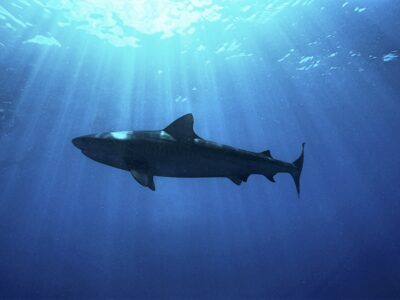
Dusky Shark
The Dusky Shark sometimes eats trash discarded by humans.
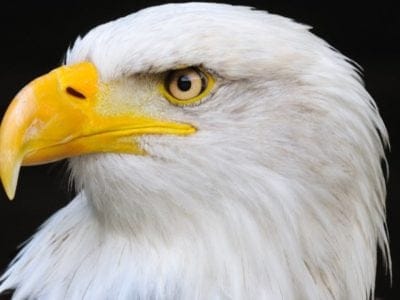
Eagle
Has exceptional eyesight!

Earthworm
They are hermaphrodites, which means they have male and female organs

Earwig
There are nearly 2,000 different species!
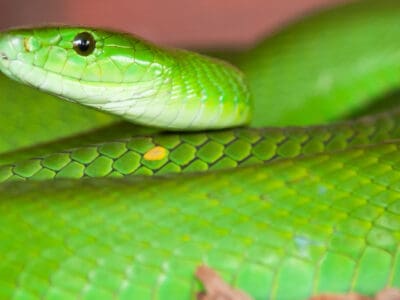
Eastern Green Mamba
It is completely arboreal, and its green color is one of the adaptations that make life in the trees possible.

Eel
Eels can be a mere few inches long to 13 feet!
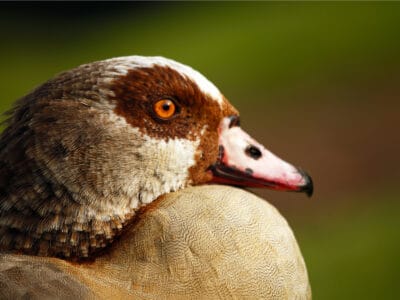
Egyptian Goose
A duck species that resembles a goose when flying
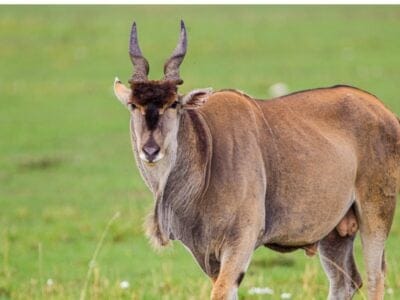
Eland
Both females and males have horns.
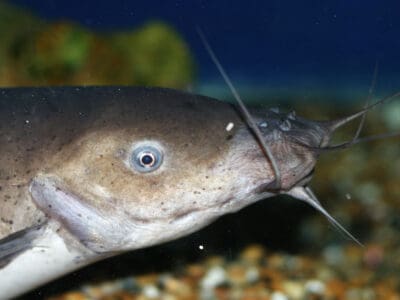
Electric Catfish
The electric catfish can discharge an electric shock up to 450 volts
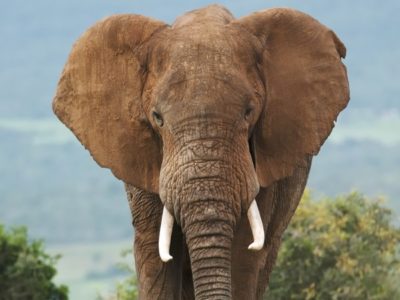
Elephant
Spends around 22 hours a day eating!
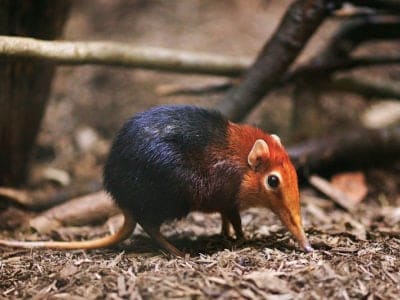
Elephant Shrew
Found exclusively on the African continent!
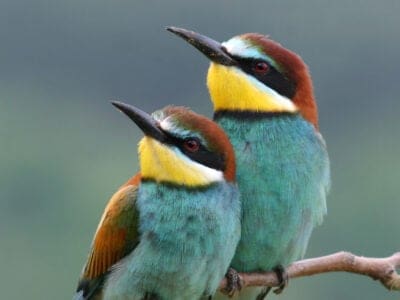
European Bee-Eater
They can eat up to 250 bees per day!
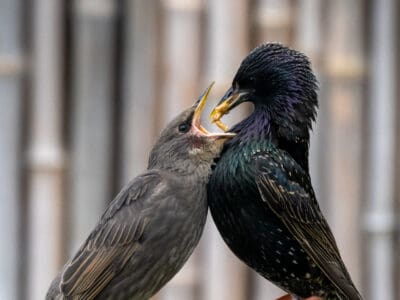
European Starling
European starlings are accomplished mimics, often copying songs or sounds of other birds and animals (frog calls, goats, cats), or even mechanical sounds and human speech!

Falcon
The fastest creatures on the planet!
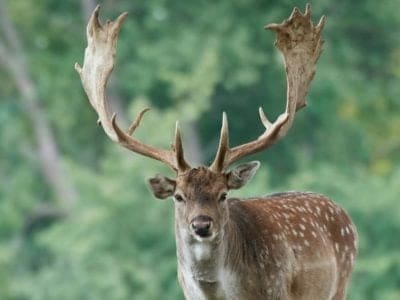
Fallow deer
The fallow deer has more variation in its coat colors than most other deer.

False Widow Spider
False spiders actually prey on black widow spiders and other hazardous spiders
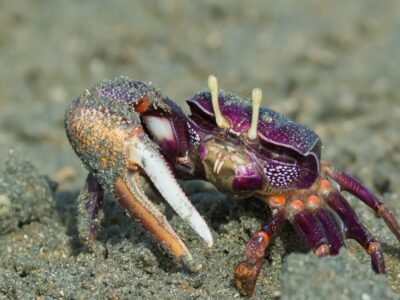
Fiddler Crab
The fiddler crab gets its name from the motion the males make with their over-sized claw during the mating ritual.
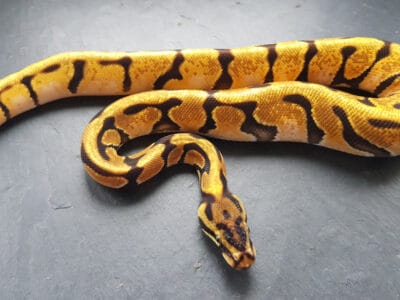
Fire Ball Python
The fire ball python morph is known for its rich golden and reddish-brown coloration.

Firefly
The firefly produces some of the most efficient light in the world
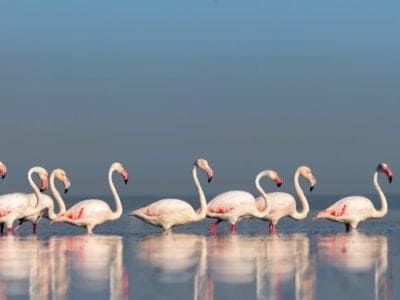
Flamingo
Sleeps on just one leg!

Flea
Adult fleas can jump up to 7 inches in the air

Fly
There are more than 240,000 different species!
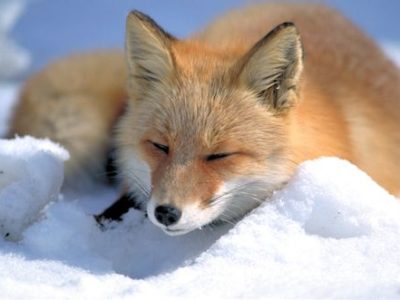
Fox
Only 12 species are considered "true foxes"

Frog
There are around 7,000 different species!
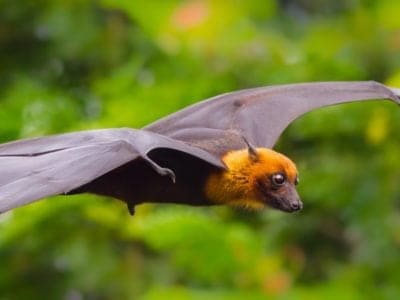
Fruit Bat
Among the largest bats in the world

Fruit Fly
Fruit flies are among the most common research animals in the world
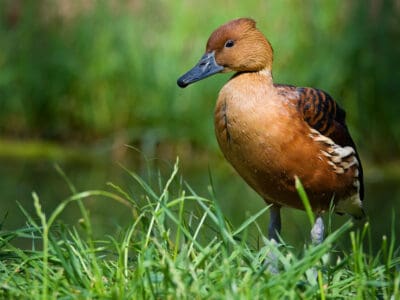
Fulvous Whistling Duck
They build a ramp from their nest, which leads to a nearby water source
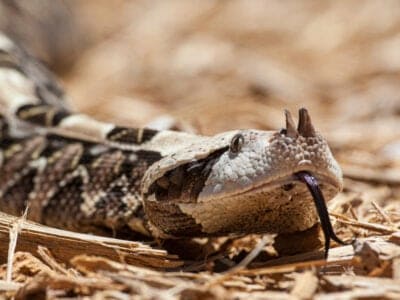
Gaboon Viper
Gaboon vipers are the largest vipers in Africa.
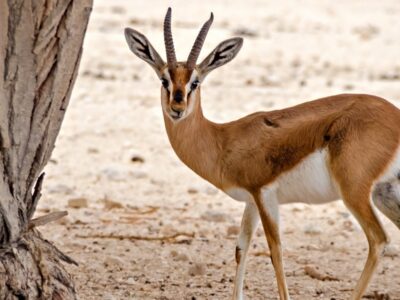
Gazelle
Named for the Arabic word for love poems
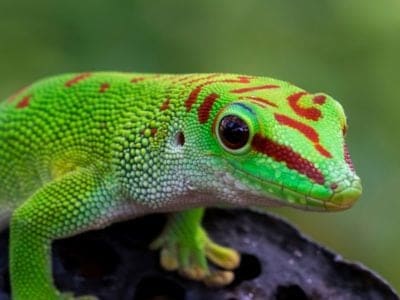
Gecko
There are thought to be over 2,000 species!
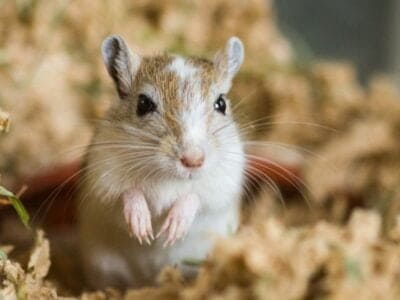
Gerbil
Originally known as the Desert Rat!

German Cockroach
The most common type of urban roach
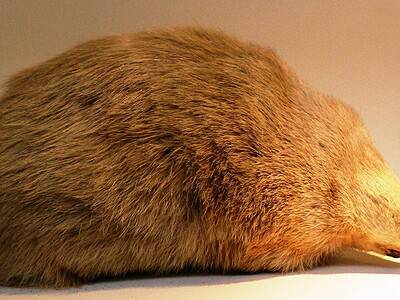
Giant Golden Mole
The giant golden mole is able to sense vibrations through the earth because of the giant bone structure in its inner ear that works in conjunction with a bony plate which surrounds the skull.
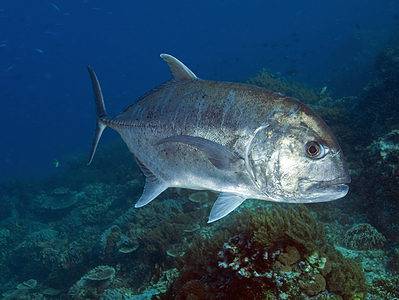
Giant Trevally
The largest fish in its genus
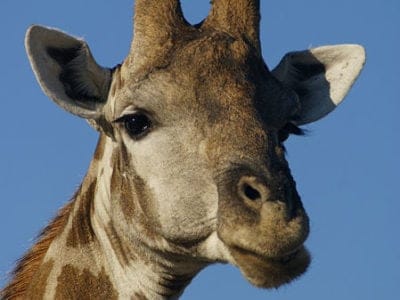
Giraffe
Long, black tongue can grow to 18 inches long!
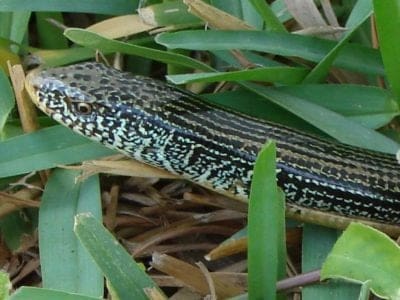
Glass Lizard
Can grow up to 4ft long!

Glowworm
Found inhabiting dense woodland and caves!

Gnat
Males form large mating swarms at dusk
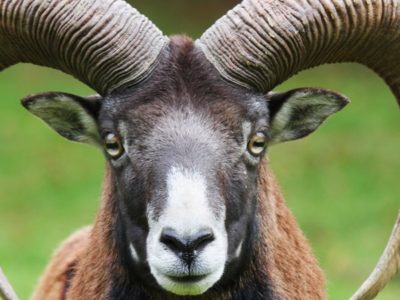
Goat
Most closely related to the Sheep!

Golden Mole
The golden mole is so named because of its iridescent coat, which gives it a shining, rainbow-like effect.
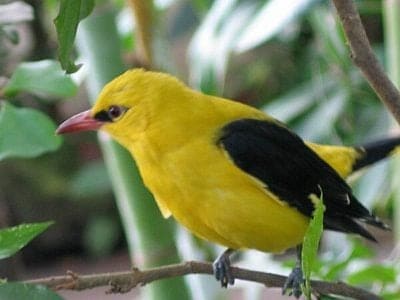
Golden Oriole
Migrates between Europe and Asia!

Grasshopper
There are 11,000 known species!
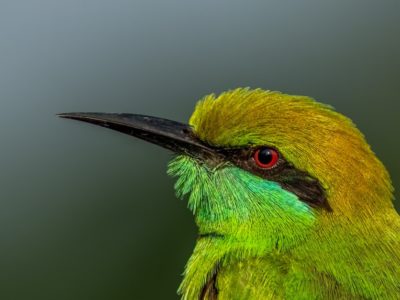
Green Bee-Eater
Mainly eats honeybees!
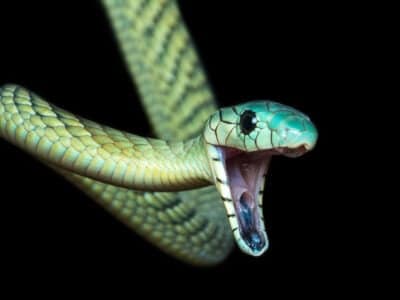
Green Mamba
Green mambas are fast, and can travel up to 7 miles per hour.
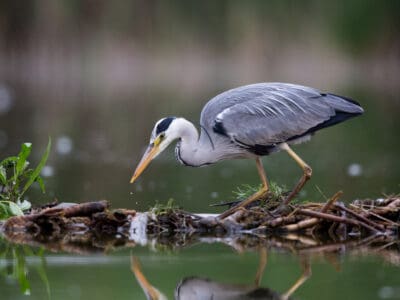
Grey Heron
Male grey herons are picky about their mates. They'll reject a female that they don't fancy.
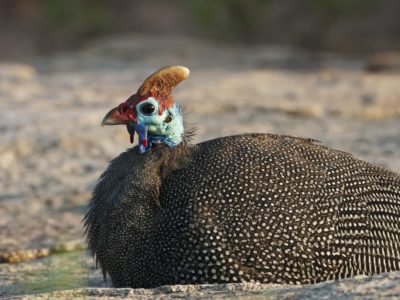
Guinea Fowl
Found in a vairety of African habitats!

Gypsy Moth
One of the most invasive species in the world

Hamster
Able to run as quickly backwards as forwards!

Hare
Can reach speeds of over 50 mph!
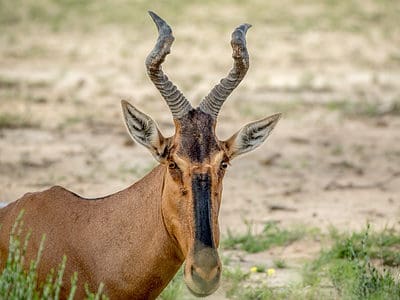
Hartebeest
Unlike other animals that move towards the water source, hartebeests move to more arid locations after rainfall.

Hawk Moth Caterpillar
Many hawk moth caterpillars eat toxins from plants, but don’t sequester them the way milkweed butterflies do. Most toxins are excreted.
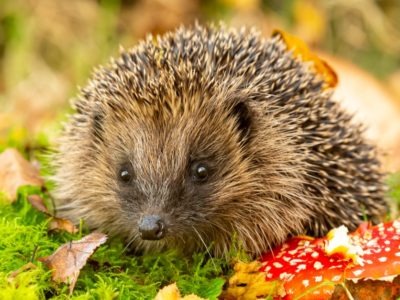
Hedgehog
Thought to be one of the oldest mammals on Earth!

Heron
Inhabits wetlands around the world!
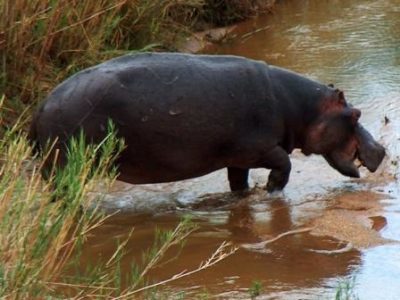
Hippopotamus
Has pink anti-bacterial sweat!
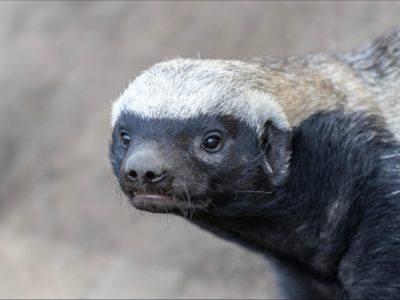
Honey Badger
One of earth's bravest creatures!

Honey Bee
There are only 8 recognized species!
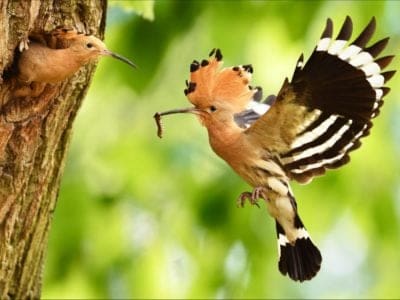
Hoopoe
Stunning bird with a stinky way to deter predators!
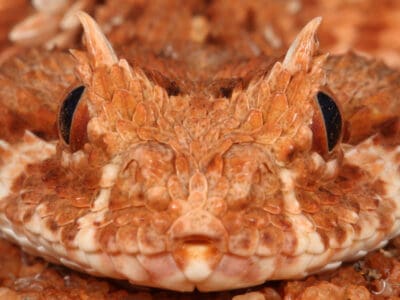
Horned Adder
Males tend to be more brightly colored than females, and females are significantly bigger than males.

Horse
Has evolved over 50 million years!

Horsefly
Horseflies have been seen performing Immelmann turns, much like fighter jets.

Housefly
The fly has no teeth

Human
Thought to have orignated 200,000 years ago!

Huntsman Spider
Some huntsman spiders have an interesting way of moving around. Some cartwheel while others do handsprings or backflips.
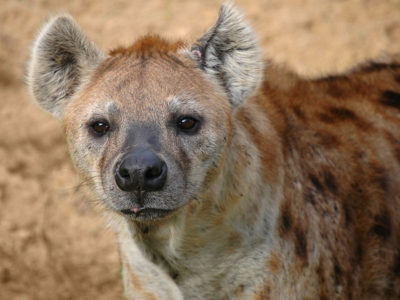
Hyena
There are four different species!
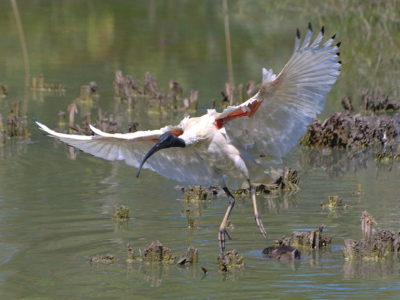
Ibis
Found in swamps, marshes and wetlands!
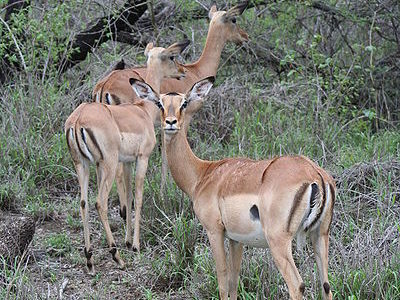
Impala
Able to jump over 10 feet high

Insects
There are an estimated 30 million species!
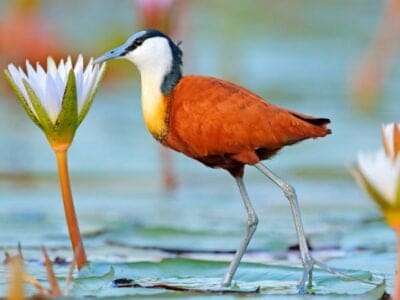
Jacana
The jacana has the ability to swim underwater
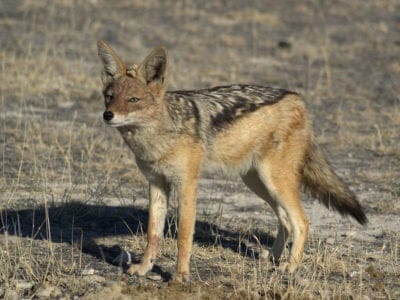
Jackal
Can maintain speeds of 16 km/h!

Jumping Spider
Some can jump 50 times the length of their bodies

Kingfisher
Inhabits wetlands and woodlands worldwide!
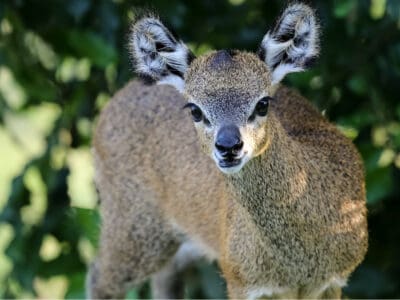
Klipspringer
Klipspringers can jump as high as 10-12ft!
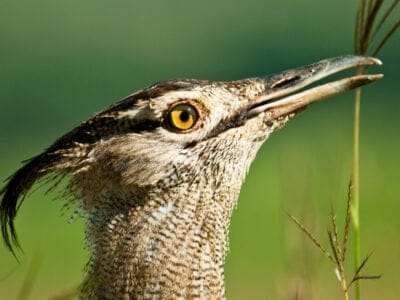
Kori Bustard
It's easily identified by its crest, large size, and wingspan
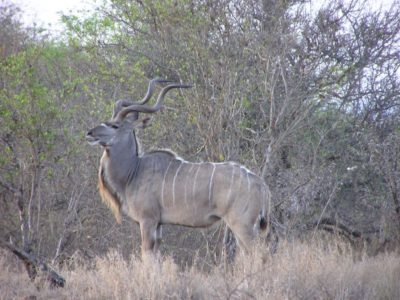
Kudu
Lives in herds of up to 24 individuals!

Ladybug
There are more than 5,000 species worldwide!
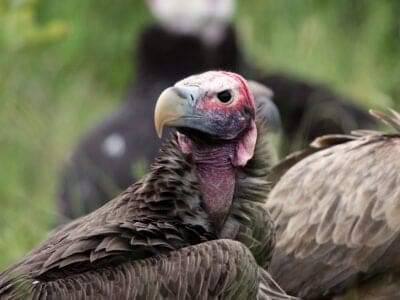
Lappet-faced Vulture
Lappet-faced vultures are tidy and wash their heads in a body of water after they’ve eaten

Leech
Has 10 pairs of eyes!
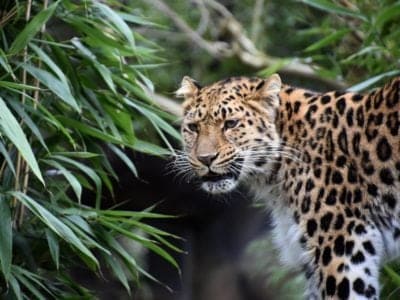
Leopard
Spends much of the time high in the trees!
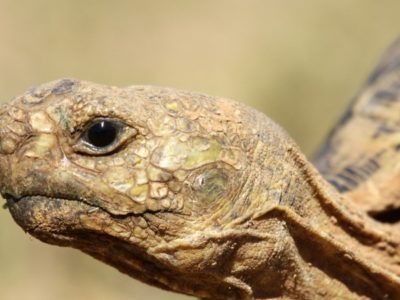
Leopard Tortoise
The most widely distributed tortoise in Africa!
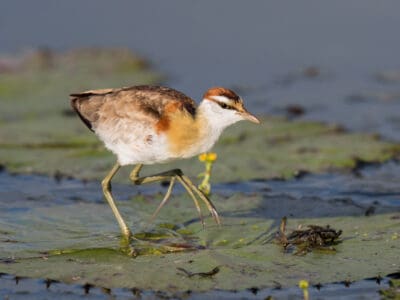
Lesser Jacana
The lesser jacana is nomadic, often moving in search of temporary wetland habitats.

Liger
The offspring of a lion and tiger parents!
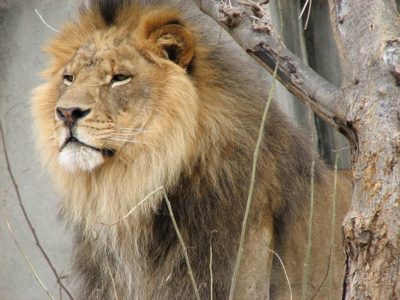
Lion
Lives in small groups called prides!

Lizard
There are around 5,000 different species!

Locust
Each locust can eat its weight in plants each day.
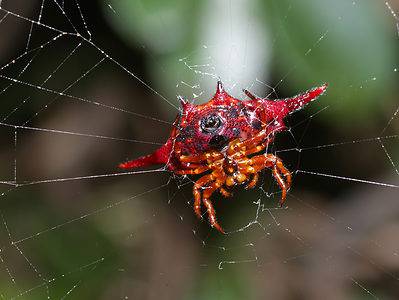
Long-Winged Kite Spider
The long-winged kite spider sets itself apart from other spiny orb-weavers by its elongated spiked protrusions from its sides, giving it the appearance of a pointed kite (its namesake).
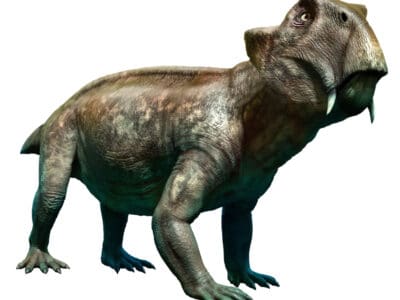
Lystrosaurus
Lystrosaurus was one of the few terrestial species that survived the permian extinction
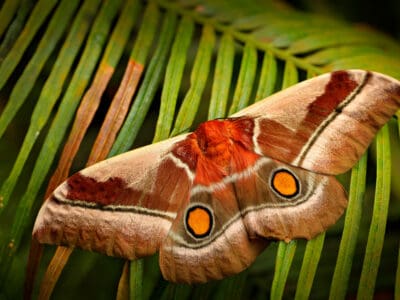
Madora Moth
Mopane worms (larva) only live for 3 - 4 days after evolving into an adult (madora), during which they mate and lay eggss
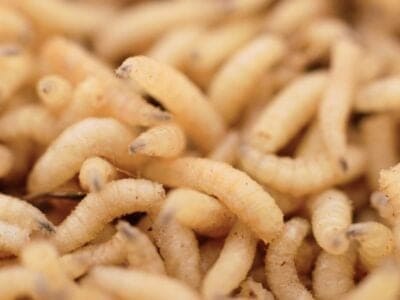
Maggot
Will only live in wet areas
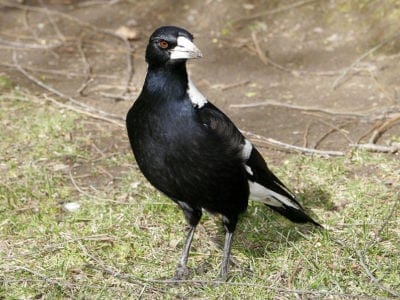
Magpie
They are found across Europe, Asia and Africa!
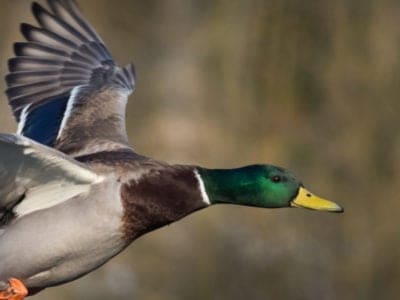
Mallard
With an appropriate tail wind, the mallard can travel hundreds of miles a day
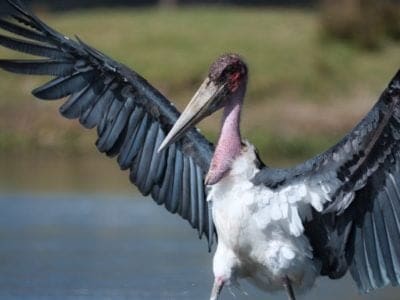
Marabou Stork
The marabou stork does not have a voice box.

Mayfly
There are 2,500 known species worldwide!

Mealybug
They have a symbiotic relationship with ants.
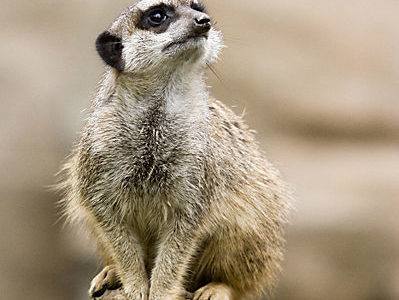
Meerkat
One will stand on guard to watch for predators!

Millipede
Some species have a poisonous bite!

Mole
Primarily hunts and feeds on Earthworms!
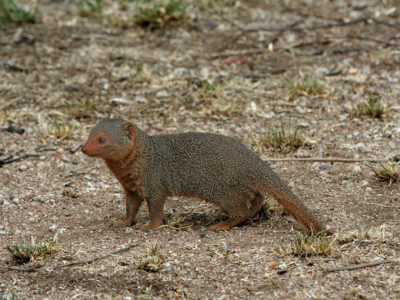
Mongoose
Range in size from just 1 to 3 foot!

Mongrel
Has characteristics of two or more breeds!
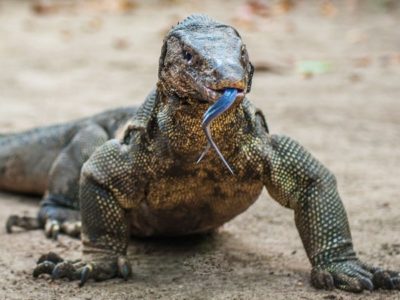
Monitor Lizard
Some species are thought to carry a weak venom!
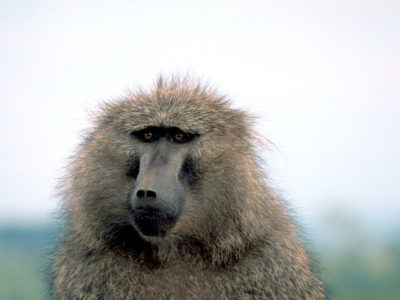
Monkey
There are around 260 known species!

Moorhen
Feeds on aquatic insects and water-spiders!

Mosquito
Only the female mosquito actually sucks blood

Moth
There are 250,000 different species!

Mouse
Found on every continent on Earth!
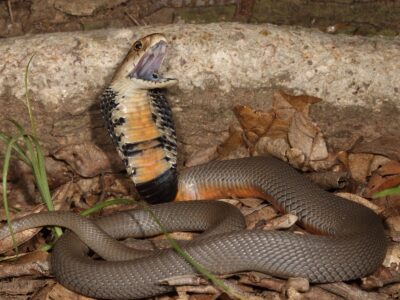
Mozambique Spitting Cobra
Mozambique Spitting Cobra is one of Africa's most dangerous snakes.

Mule
The offspring of a horse and donkey parents!
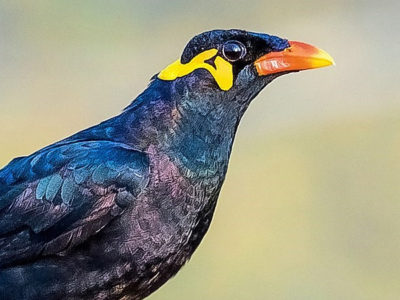
Myna Bird
Many people believe the hill myna bird is better at mimicking humans than a parrot!

Nematode
Nematodes range in size from 1/10 of an inch to 28 feet long
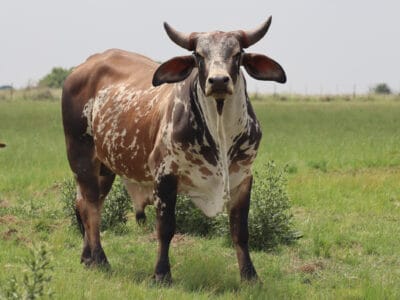
Nguni Cattle
Nguni cattle are the most profitable breed for beef farmers.
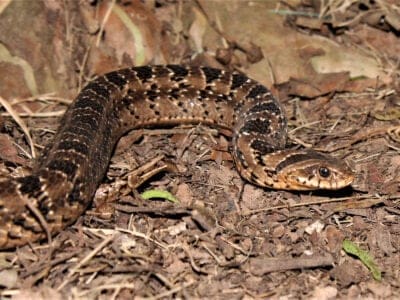
Night Adder
Night adders are small, slender snakes that, despite the name, are actually most active during the day.
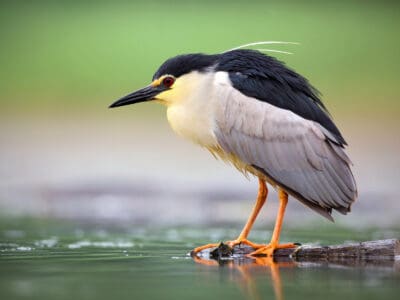
Night Heron
When they feel threatened juvenile night herons vomit their stomach contents.
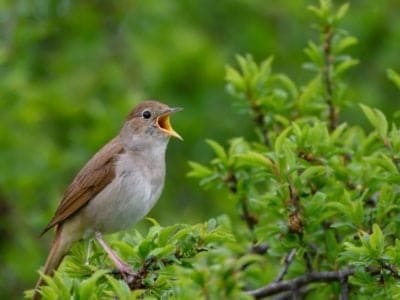
Nightingale
Named more than 1,000 years ago!
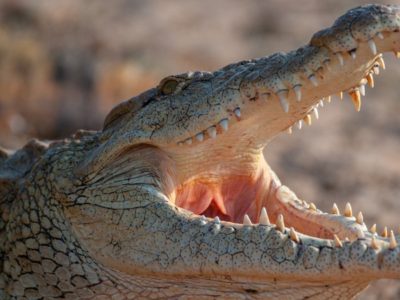
Nile Crocodile
Unlike other reptiles, the male Nile crocodile will stay with a female to guard their nest of eggs.
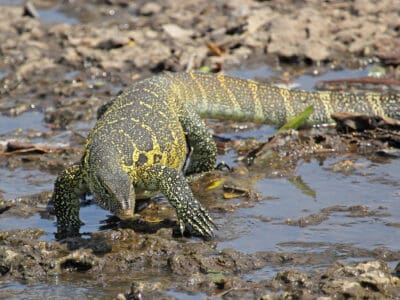
Nile Monitor
The Nile monitor is the world's fourth-largest lizard!

No See Ums
There are more than 5,000 species.
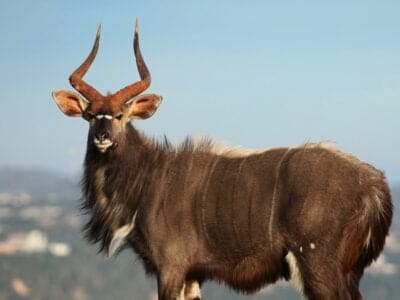
Nyala
They have a high-pitched alarm call that sounds like a barking dog.
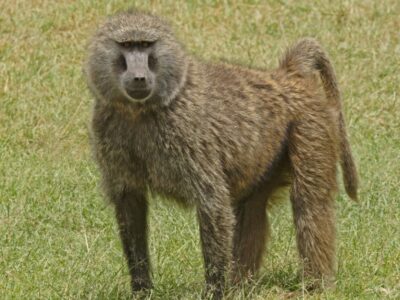
Olive Baboon
Olive baboons will sometimes form strong friendships with each other
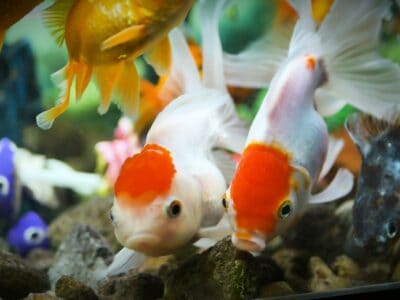
Oranda Goldfish
Oranda goldfish are one of the most popular fancy goldfish breeds

Orb Weaver
Females are about four times the size of males
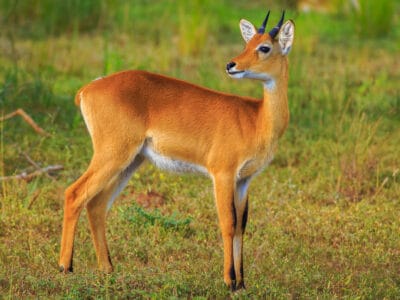
Oribi
Males oribis spend most of their time patrolling the borders of their territories; they can do this about 16 times an hour! However, 27% of their day is spent grazing.

Osprey
They reuse nesting sites for 70 years!
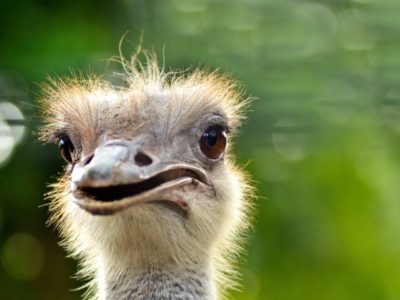
Ostrich
The largest bird in the world!

Otter
There are 13 different species worldwide

Owl
The owl can rotate its head some 270 degrees
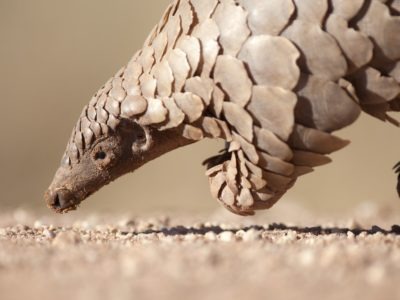
Pangolin
Bad eyesight, but great sense of smell
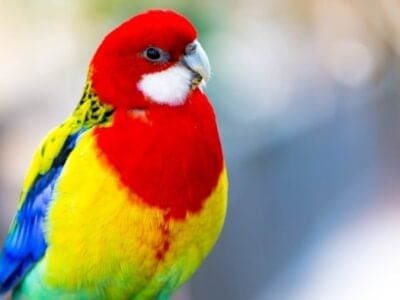
Parakeet
Monk parakeets are the only parakeets that actually build nests. They’re also the only parakeets to nest in great colonies.
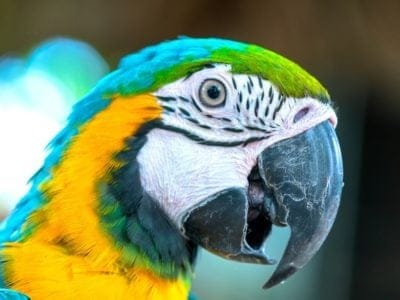
Parrot
Can live for up to 100 years!
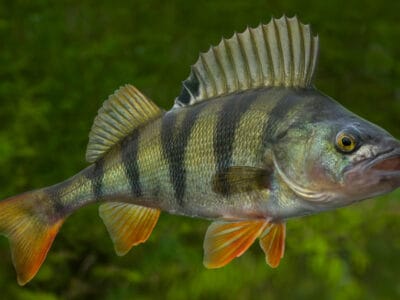
Perch Fish
Some of the most delicious gamefish in the world

Peregrine Falcon
Fastest animal on Earth

Pheasant
Females lay between 8 and 12 eggs per clutch!

Pigeon
They can find their way back to their nests from up to 1300 miles away.
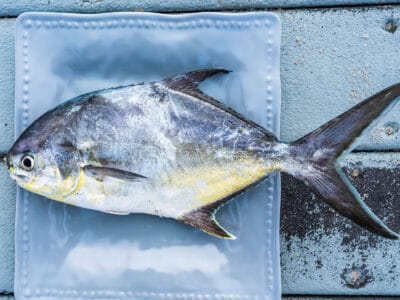
Pompano Fish
They are bottom-feeders
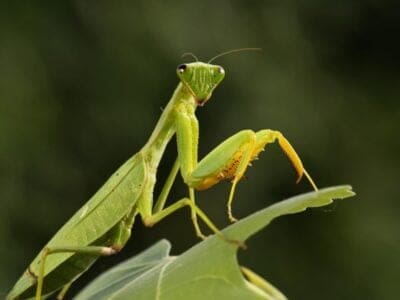
Praying Mantis
The mantis can turn its head 180 degrees.
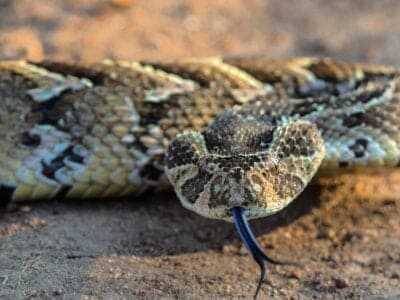
Puff Adder
This large snake is so-named because it will puff up its body to appear bigger than it is when directly threatened by a predator or person.
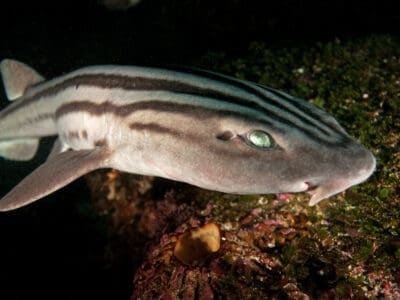
Pyjama Shark
Pyjama Sharks like to swim in shallow inshore waters.
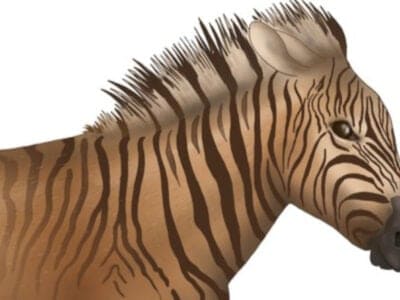
Quagga
The quagga is a subspecies of plains zebra.

Quail
Inhabits woodland and forest areas worldwide!
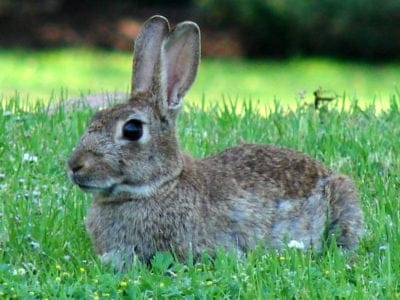
Rabbit
There are more than 300 different species!

Rat
Omnivores that eat anything!
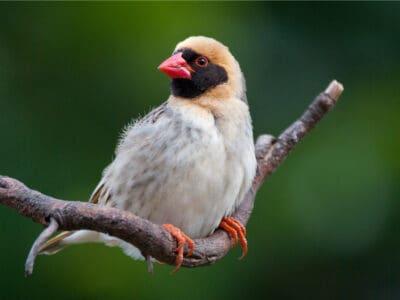
Red-Billed Quelea Bird
Is the most populous bird in the world
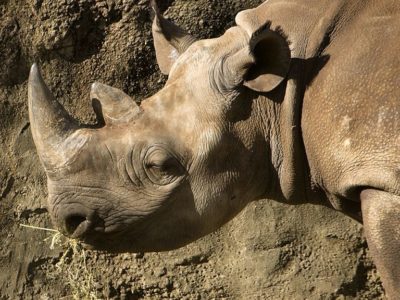
Rhinoceros
It's horns are made from keratin!
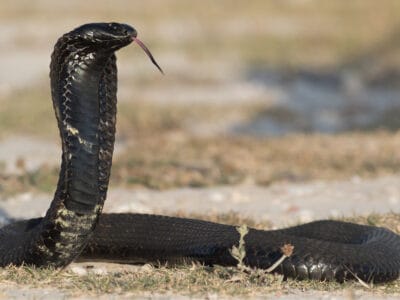
Rinkhals Snake
This snake is known for playing dead as a defense against predators.

River Turtle
Inhabits freshwater habitats around the world!

Robin
There are more than 45 species in Australia alone!
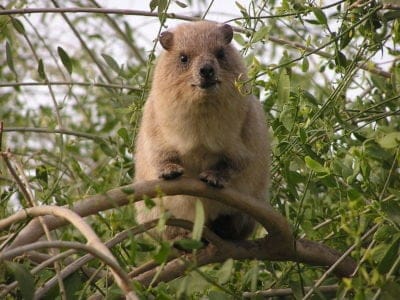
Rock Hyrax
Actually related to Elephants and Manatees!
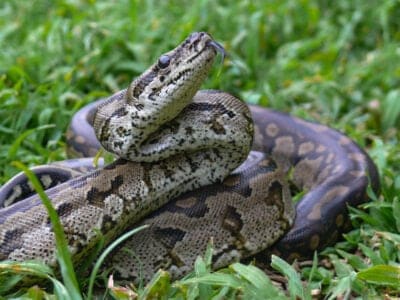
Rock Python
Rock pythons may have crossbred with the escaped Burmese pythons in Florida.

Rodents
The capybara, the world’s largest rodent, likes to be in and around bodies of water. Because of this, the Catholic Church in South America decided that it was a fish, and people were allowed to eat it during Lent and First Fridays.

Rooster
Will mate with the entire flock!

Sable Ferret
Ferrets were used during the Revolutionary War to keep down the rat population.
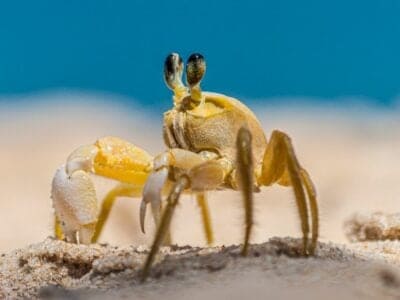
Sand Crab
The sand crab burrows beneath the sand with its tail
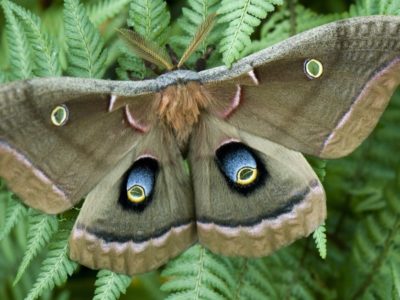
Saturniidae Moth
Some of the largest moths in the world
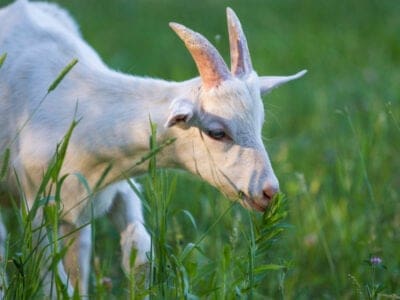
Savanna Goat
Savanna goats have only existed since 1957.

Scorpion
There are around 2,000 known species!

Sea Eagle
The sea eagle tends to mate for life with a single partner
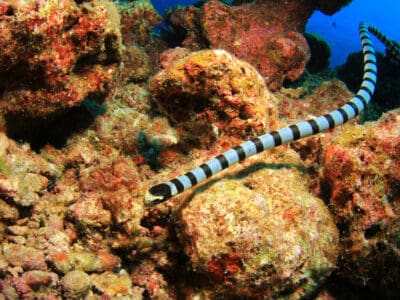
Sea Snake
The sea snake is incredibly venomous, even more than a cobra!”

Seahorse
Males give birth to up to 1,000 offspring!
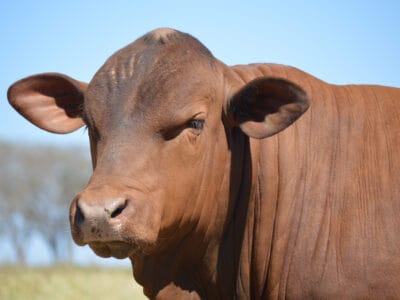
Senepol Cattle
Senepol cattle have a distinctive red color and no horns.
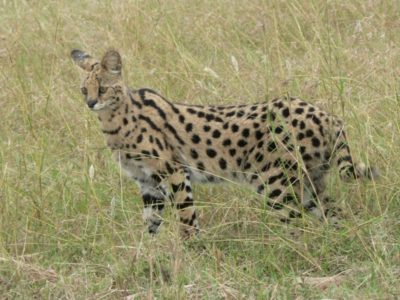
Serval
Can leap more than 1 meter into the air!

Sheep
Around 35 million in the English countryside!

Shrew
The spinal column of the shrew Scutisorex somereni is so strong and reinforced that it can support the weight of an adult human.

Shrimp
There are 2,000 different species worldwide!
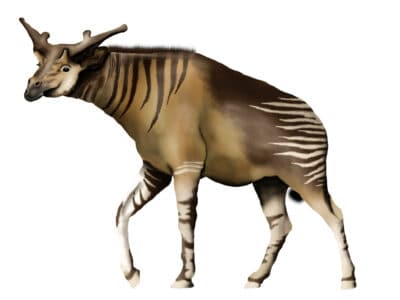
Sivatherium
Sivatherium was a large giraffid and also one of the largest ruminants of all-time.
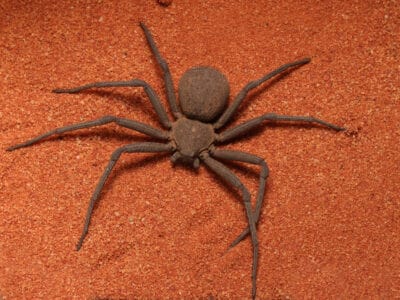
Six-Eyed Sand Spiders
Camouflaged recluse with terrifying venom

Skink Lizard
Some skinks lay eggs in some habitats while giving birth to skinklets in other habitats.

Slug
They glide around on one foot, which is aided by the slime they produce
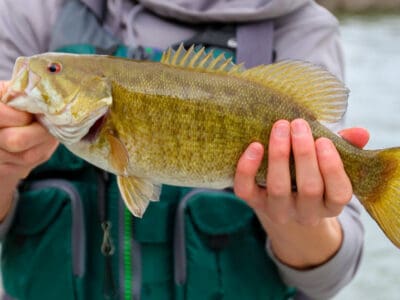
Smallmouth Bass
A fierce fighter!

Smokybrown Cockroach
Has up to 45 eggs per egg case

Snail
There are nearly 1,000 different species!

Snake
There are around 4,000 known species worldwide
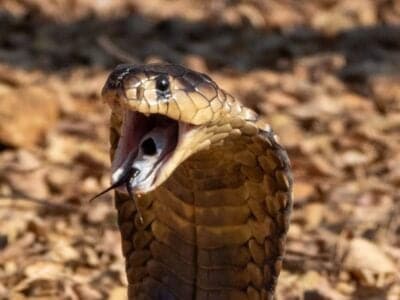
Snouted Cobra
The snouted cobra, also known as the banded snouted cobra, is one of the most venomous snakes in all of Africa.

Sparrow
There are 140 different species!

Spider Wasp
They prey on spiders to feed their larvae or they parasitize other spider wasps.
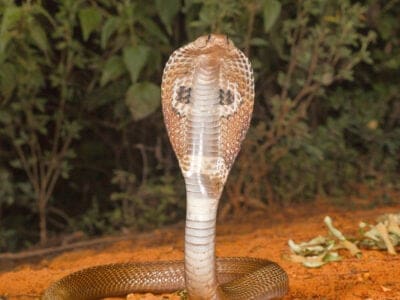
Spitting Cobra
Spitting cobras are types of cobras that can spit venom at predators and prey.
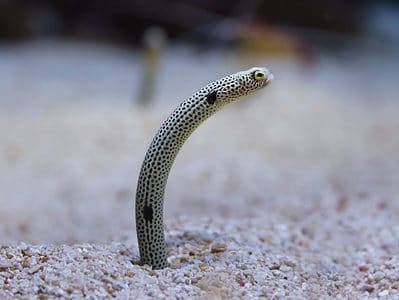
Spotted Garden Eel
Males battle each other over females and territory
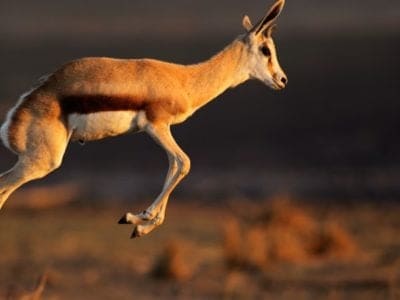
Springbok
Springboks derive so much water from their food they could go their entire lives without drinking from large sources of water.

Squirrel
Small rodents found in woodlands worldwide!

Stick Insect
There are more than 3,000 different species!
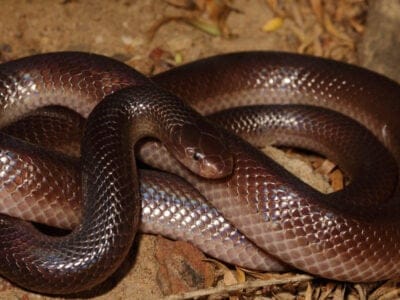
Stiletto Snake
Because of their unique venom delivery system, stiletto snakes are almost impossible to hold safely in the usual way (with fingers behind the head) without being bitten.
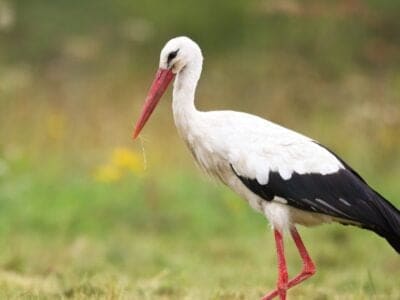
Stork
They can’t sing like other birds.

Swan
Populations have been affected by pollution!
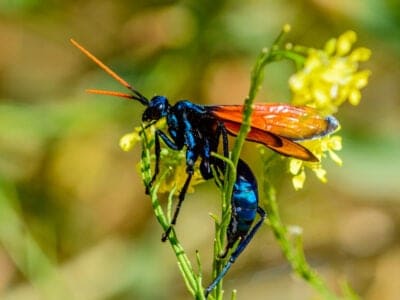
Tarantula Hawk
Tarantula hawks are excellent pollinators, especially for milkweed.

Termite
Their mounds can be up to 9 meters tall!
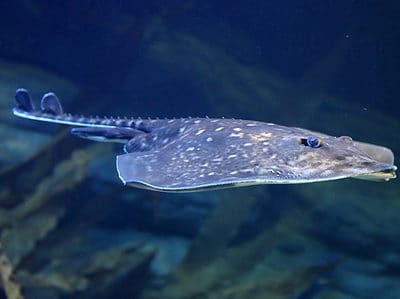
Thornback Ray
The skate with the biggest spines!

Thrush
The American robin is called the robin because its red breast reminded European settlers of the robin back in the old country.

Tick
They inject hosts with a chemical that stops them from feeling the pain of the bite

Tiger Beetle
The adult tiger beetle is one of the fastest land insects in the world

Tortoise
Can live until they are more than 150 years old!
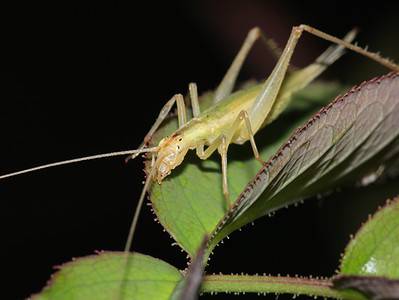
Tree Cricket
They make music with their wings

Tree Frog
Found in warmer jungles and forests!
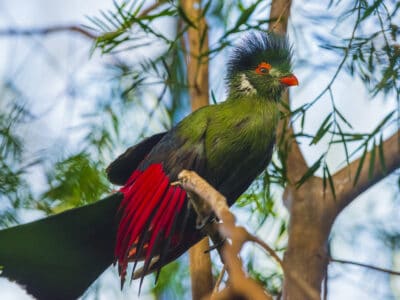
Turaco
Their name means “banana-eater,” but they rarely ever eat bananas.

Turtles
Some species of aquatic turtles can get up to 70 percent of their oxygen through their butt.
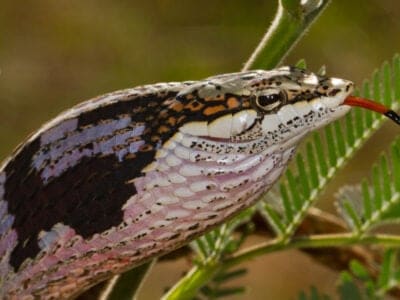
Twig Snake
Twig snakes are among the few rear-fanged colubrids whose bite is highly venomous and potentially fatal.
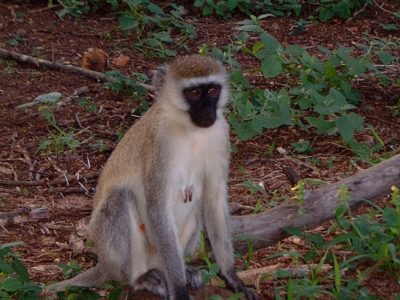
Vervet Monkey
Rarely found more than 450m from trees!
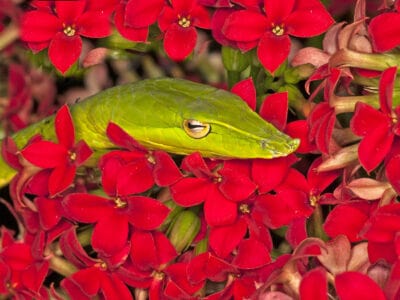
Vine Snake
A slender body and elongated snout give the vine snake a regal look.
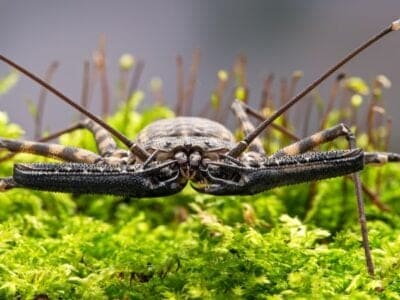
Vinegaroon
Vinegaroons can spray 19 times before the glands are depleted
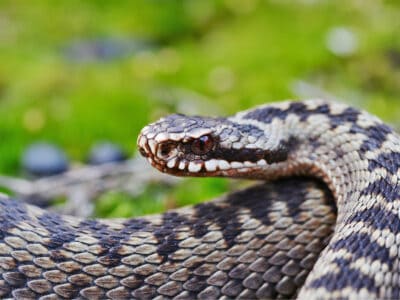
Viper
Vipers are one of the most widespread groups of snakes and inhabit most

Vulture
There are 30 different species worldwide!
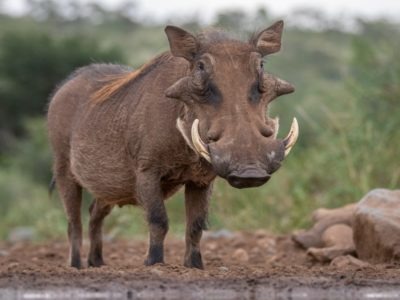
Warthog
Has two sets of tusks on it's face!

Wasp
There are around 75,000 recognised species!
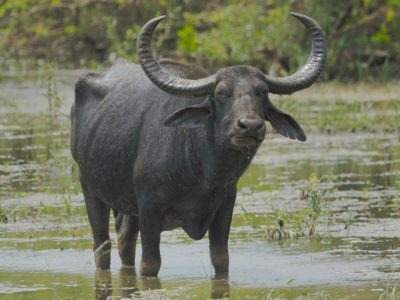
Water Buffalo
Has been domesticated for thousands of years!
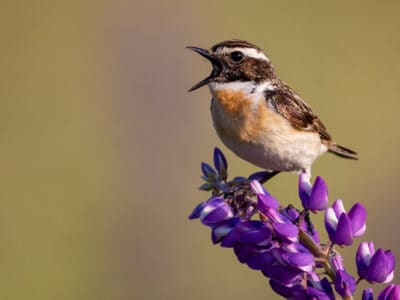
Whinchat
The whinchat can imitate the songs of at least a dozen other tpes of birds!

White Ferret / Albino Ferrets
There are two different types of white ferrets!
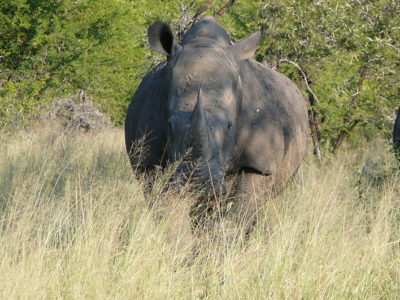
White Rhinoceros
The second largest animal on the land!
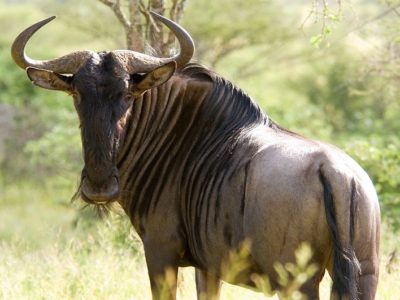
Wildebeest
Can trek more than 1,000 miles every year!

Wolf Spider
Carnivorous arachnid that hunts its prey.

Woodlouse
This animal can roll up into a ball
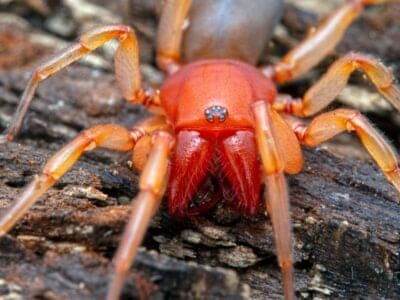
Woodlouse Spider
Unlike most spiders, woodlouse spiders don’t build a web.

Woodpecker
There are 200 different species!

Worm
Doesn’t have eyes.
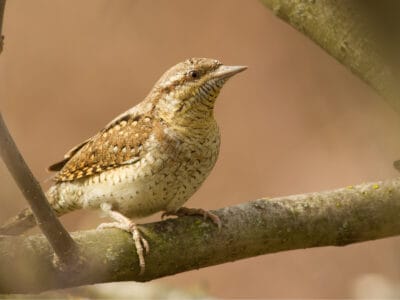
Wryneck
They feign death by making their bodies limp and closing their eyes.
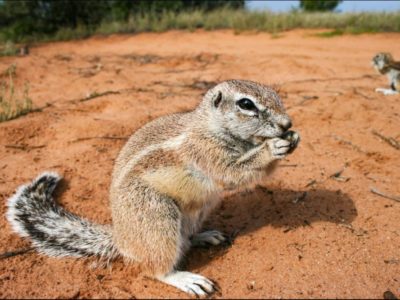
Xerus
Squirrel that lives in burrows in Africa.
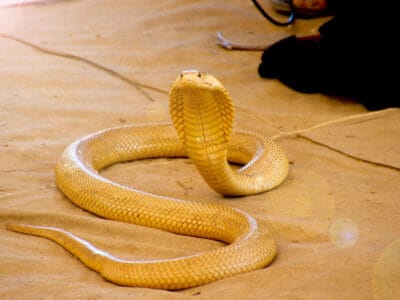
Yellow Cobra
The Yellow Cobra belong to one of the most dangerous families in the world.
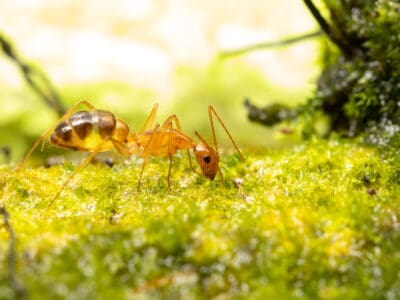
Yellow Crazy Ant
One of the top 100 worst invasive species!
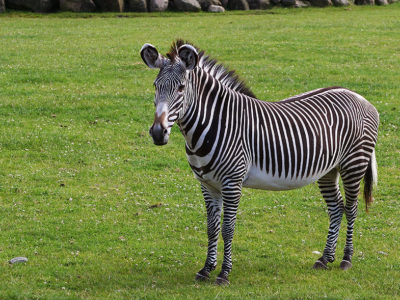
Zebra
Stripe patterns are unique to each individual!
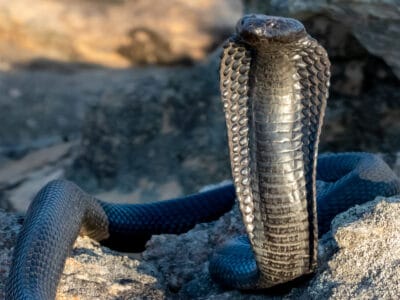
Zebra Snake
The zebra snake is a black-hooded species of spitting cobra native to several of the southern countries of Africa.
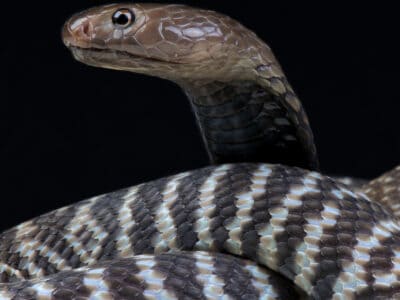
Zebra Spitting Cobra
This snake can spit a distance of nine feet or further!
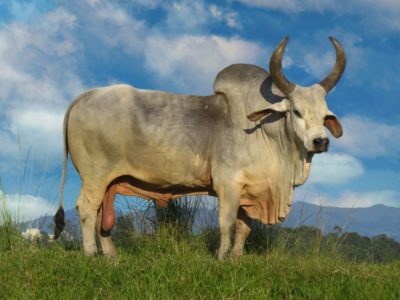
Zebu
There are around 75 different species!
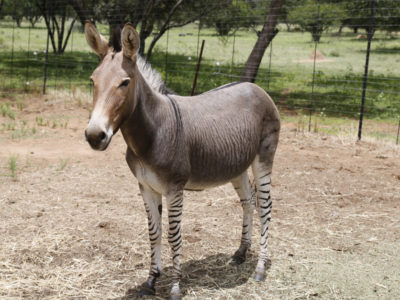
Zonkey
The offspring of Zebra and Donkey parents!
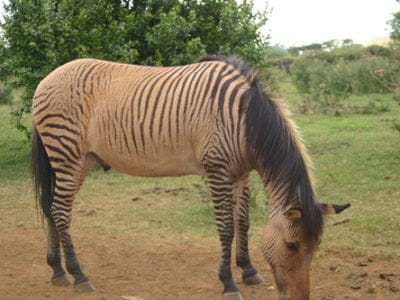
Zorse
The offspring of a Zebra and Horse parents!
South African Animals List
- Aardvark
- Aardwolf
- African Bullfrog
- African Clawed Frog
- African Elephant
- African Fish Eagle
- African Jacana
- African Penguin
- African Sugarcane Borer
- Agama Lizard
- Albatross
- American Cockroach
- Angora Goat
- Ant
- Antelope
- Anteosaurus
- Armadillo Lizard
- Armyworm
- Asian Lady Beetle
- Australopithecus
- Australorp Chicken
- Baboon
- Banana Spider
- Barb
- Barn Owl
- Barn Swallow
- Bat
- Bat-Eared Fox
- Bearded Vulture
- Bed Bugs
- Bee
- Beetle
- Beewolf wasp
- Bichir
- Bird
- Biscuit Beetle
- Black Mamba
- Black Rhinoceros
- Black Widow Spider
- Blind Snake
- Blue Dragon Sea Slug
- Boer Goat
- Boerboel
- Box Jellyfish
- Brahminy Blindsnake
- Brazilian Treehopper
- Brown-banded Cockroach
- Brown Dog Tick
- Brown Hyena
- Buffalo
- Bumblebee
- Bush Baby
- Butterfly
- Caecilian
- Cape Lion
- Caracal
- Carpenter Ant
- Cat
- Caterpillar
- Catfish
- Centipede
- Chameleon
- Cheetah
- Chicken
- Christmas Beetle
- Cicada
- Cichlid
- Cockroach
- Codling Moth
- Common Buzzard
- Common Furniture Beetle
- Common House Spider
- Cormorant
- Cow
- Crab
- Crab Spider
- Crane
- Cricket
- Crocodile
- Crocodylomorph
- Crow
- Cuckoo
- Desert Rain Frog
- Dik-Dik
- Dinofelis
- Dinopithecus
- Dog
- Dog Tick
- Donkey
- Dormouse
- Dragonfly
- Duck
- Dung Beetle
- Dusky Shark
- Eagle
- Earthworm
- Earwig
- Eastern Green Mamba
- Eel
- Egyptian Goose
- Eland
- Electric Catfish
- Elephant
- Elephant Shrew
- European Bee-Eater
- European Starling
- Falcon
- Fallow deer
- False Widow Spider
- Fiddler Crab
- Fire Ball Python
- Firefly
- Flamingo
- Flea
- Fly
- Fox
- Frog
- Fruit Bat
- Fruit Fly
- Fulvous Whistling Duck
- Gaboon Viper
- Gazelle
- Gecko
- Gerbil
- German Cockroach
- Giant Golden Mole
- Giant Trevally
- Giraffe
- Glass Lizard
- Glowworm
- Gnat
- Goat
- Golden Mole
- Golden Oriole
- Grasshopper
- Green Bee-Eater
- Green Mamba
- Grey Heron
- Guinea Fowl
- Gypsy Moth
- Hamster
- Hare
- Hartebeest
- Hawk Moth Caterpillar
- Hedgehog
- Heron
- Hippopotamus
- Honey Badger
- Honey Bee
- Hoopoe
- Horned Adder
- Horse
- Horsefly
- Housefly
- Human
- Huntsman Spider
- Hyena
- Ibis
- Impala
- Insects
- Jacana
- Jackal
- Jumping Spider
- Kingfisher
- Kitefin Shark
- Klipspringer
- Kori Bustard
- Kudu
- Ladybug
- Lappet-faced Vulture
- Leech
- Leopard
- Leopard Tortoise
- Lesser Jacana
- Liger
- Lion
- Lizard
- Locust
- Long-Winged Kite Spider
- Lystrosaurus
- Madora Moth
- Maggot
- Magpie
- Mallard
- Marabou Stork
- Mayfly
- Mealybug
- Meerkat
- Millipede
- Mole
- Mongoose
- Mongrel
- Monitor Lizard
- Monkey
- Moorhen
- Mosquito
- Moth
- Mouse
- Mozambique Spitting Cobra
- Mule
- Myna Bird
- Nematode
- Nguni Cattle
- Night Adder
- Night Heron
- Nightingale
- Nile Crocodile
- Nile Monitor
- No See Ums
- Nyala
- Olive Baboon
- Oranda Goldfish
- Orb Weaver
- Oribi
- Osprey
- Ostrich
- Otter
- Owl
- Pangolin
- Parakeet
- Parrot
- Perch Fish
- Peregrine Falcon
- Pheasant
- Pigeon
- Pompano Fish
- Praying Mantis
- Puff Adder
- Pyjama Shark
- Quagga
- Quail
- Rabbit
- Rat
- Red-Billed Quelea Bird
- Rhinoceros
- Rhodesian Ridgeback
- Rinkhals Snake
- River Turtle
- Robin
- Rock Hyrax
- Rock Python
- Rodents
- Rooster
- Sable Ferret
- Sand Crab
- Saturniidae Moth
- Savanna Goat
- Scorpion
- Sea Eagle
- Sea Snake
- Seahorse
- Senepol Cattle
- Serval
- Sheep
- Shrew
- Shrimp
- Sivatherium
- Six-Eyed Sand Spiders
- Skink Lizard
- Slug
- Smallmouth Bass
- Smokybrown Cockroach
- Snail
- Snake
- Snouted Cobra
- Sparrow
- Spider Wasp
- Spitting Cobra
- Spotted Garden Eel
- Springbok
- Squirrel
- Stick Insect
- Stiletto Snake
- Stork
- Swallowtail Butterfly
- Swan
- Tarantula Hawk
- Termite
- Thornback Ray
- Thrush
- Tick
- Tiger Beetle
- Tortoise
- Tree Cricket
- Tree Frog
- Turaco
- Turtles
- Twig Snake
- Vervet Monkey
- Vine Snake
- Vinegaroon
- Viper
- Vulture
- Warthog
- Wasp
- Water Buffalo
- Whinchat
- White Ferret / Albino Ferrets
- White Rhinoceros
- Wildebeest
- Wolf Spider
- Woodlouse
- Woodlouse Spider
- Woodpecker
- Worm
- Wryneck
- Xerus
- Yellow Cobra
- Yellow Crazy Ant
- Zebra
- Zebra Snake
- Zebra Spitting Cobra
- Zebu
- Zonkey
- Zorse
South Africa FAQs (Frequently Asked Questions)
What kind of animals live in South Africa?
South Africa is home to quite a few mammals, including rodents, moles, shrews, bats, carnivores, elephants, and hoofed animals (like zebras and antelopes). The country is particularly rich in birds, from penguins to eagles. It also has a lot of snakes.
What animals are unique to South Africa?
The cute riverine rabbit, golden moles, Cape elephant shrew, Cape horseshoe bat, and Cape genet are all unique or mostly unique to South Africa.
What dangerous animals live in South Africa?
South Africa is home to venomous snakes, large crocodiles, carnivorous lions, very aggressive hippos, and even some spiders.
How many animals does South Africa have?
South Africa is home to more than 200 species of mammals, 450 species of reptiles, 130 amphibians, and 800 species of birds.



